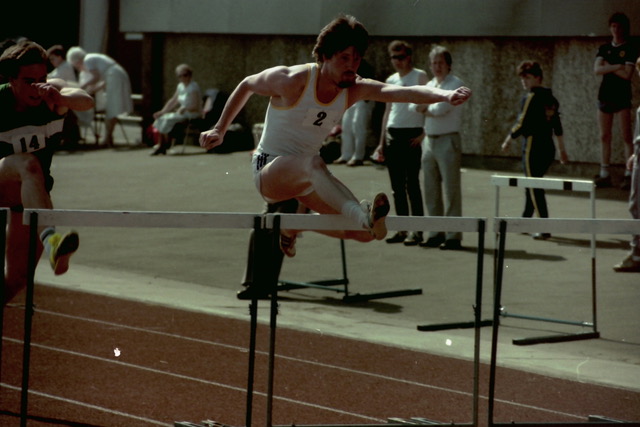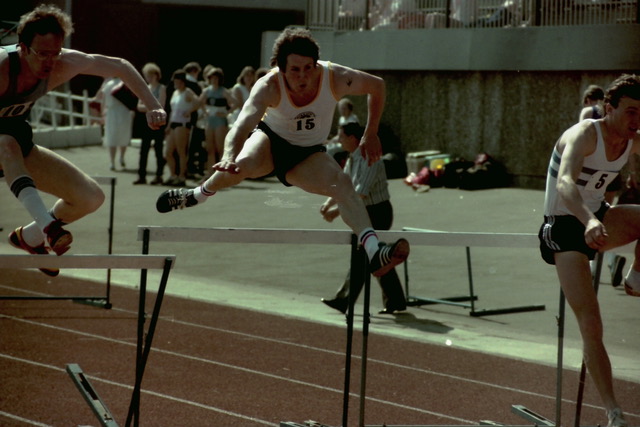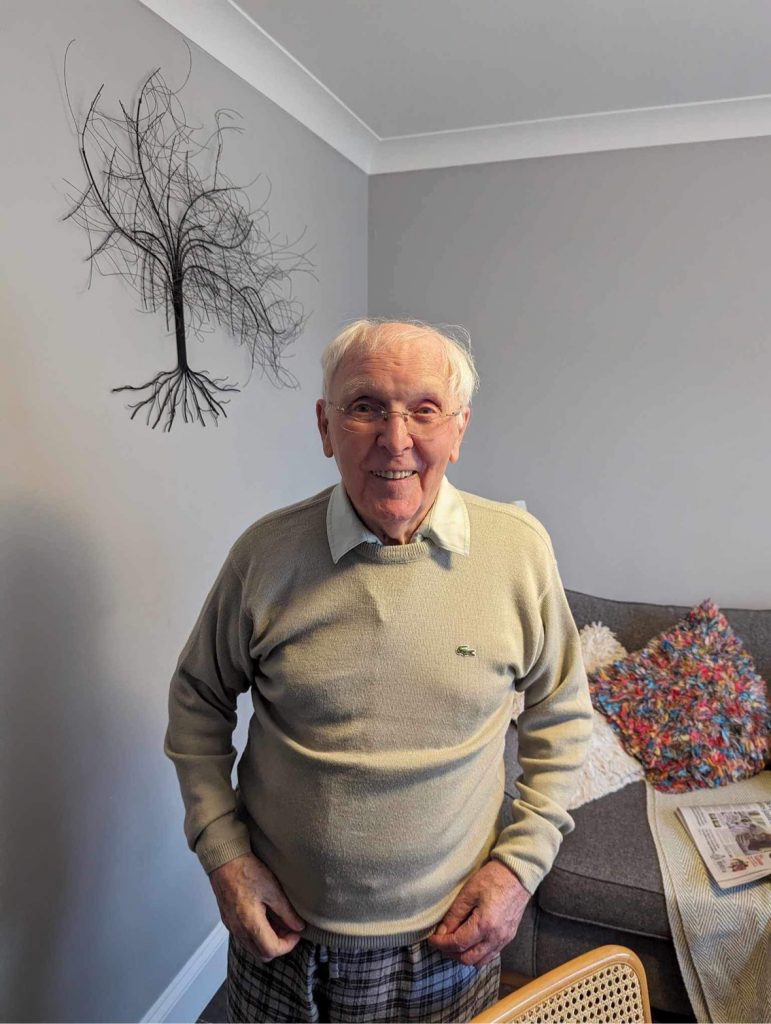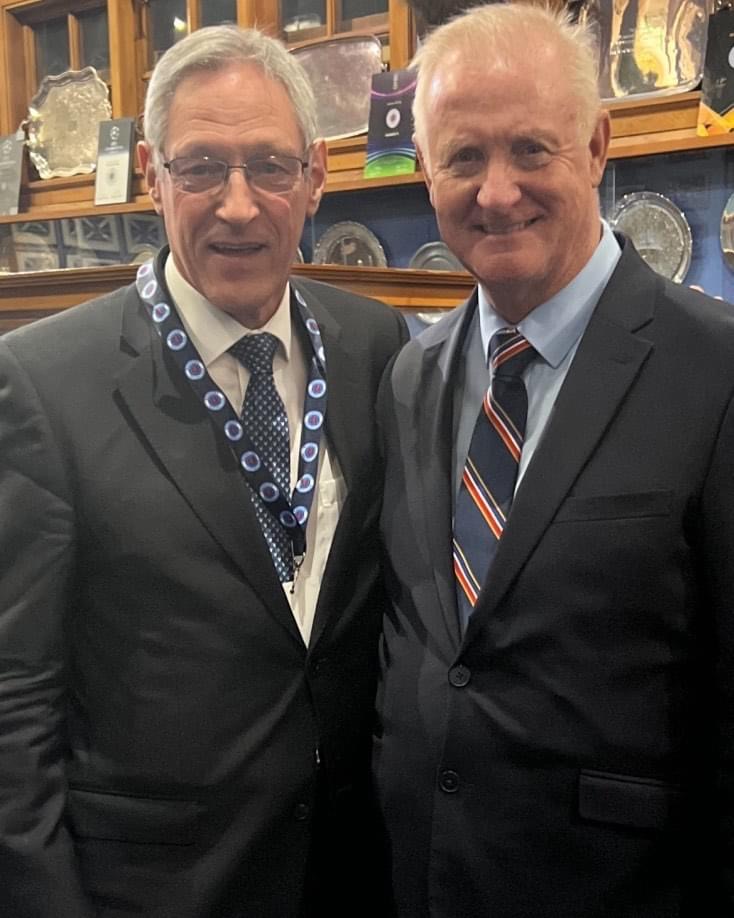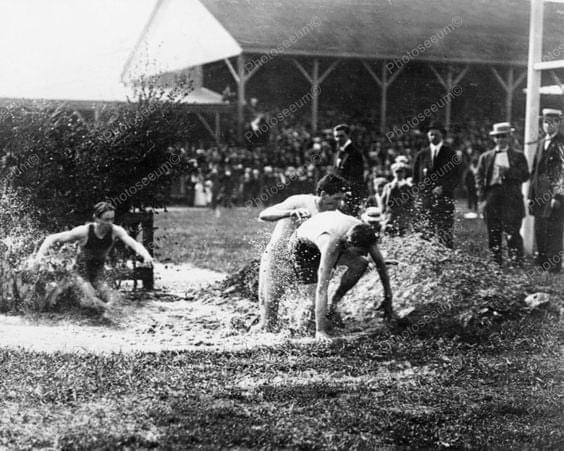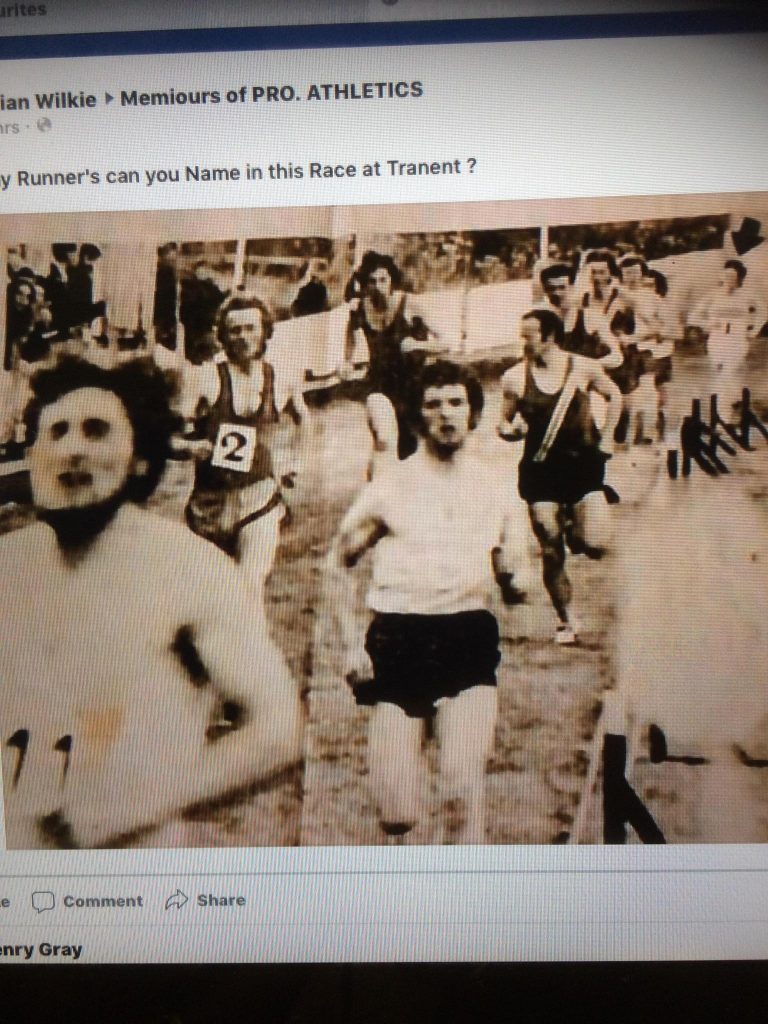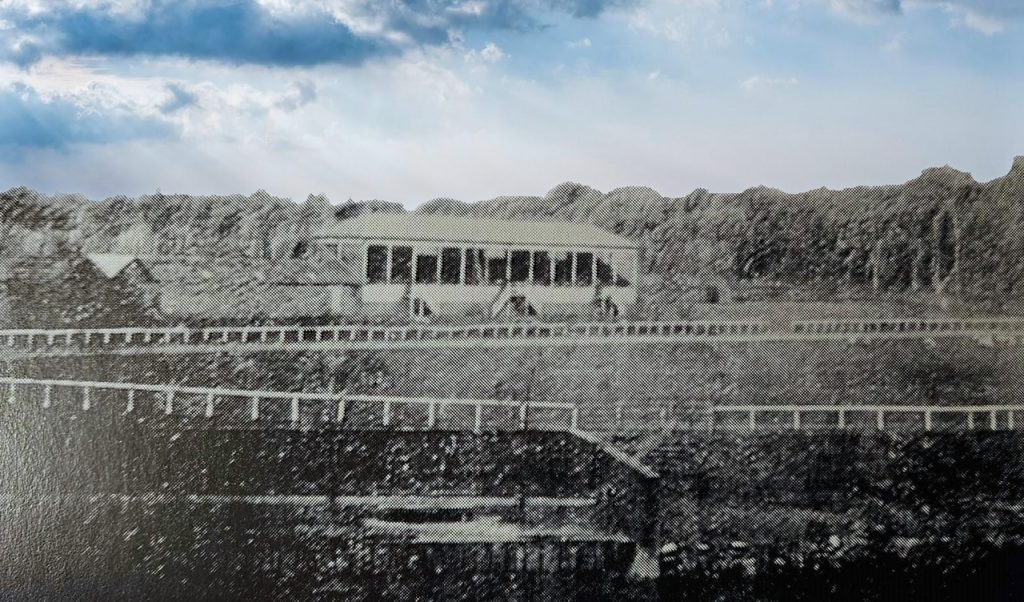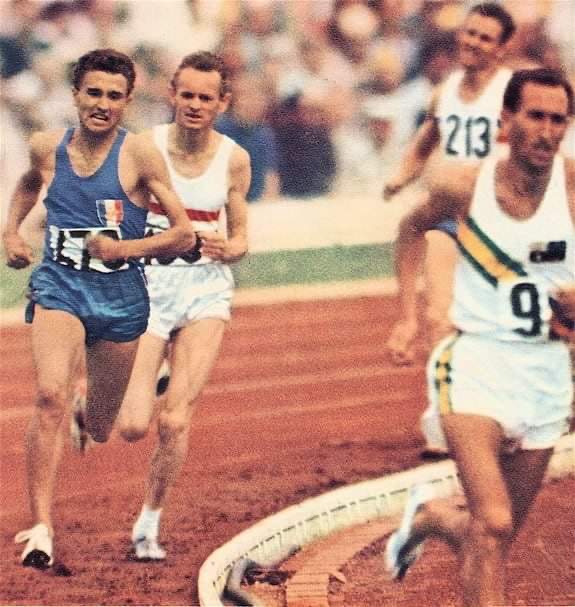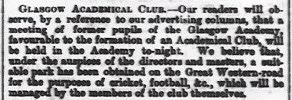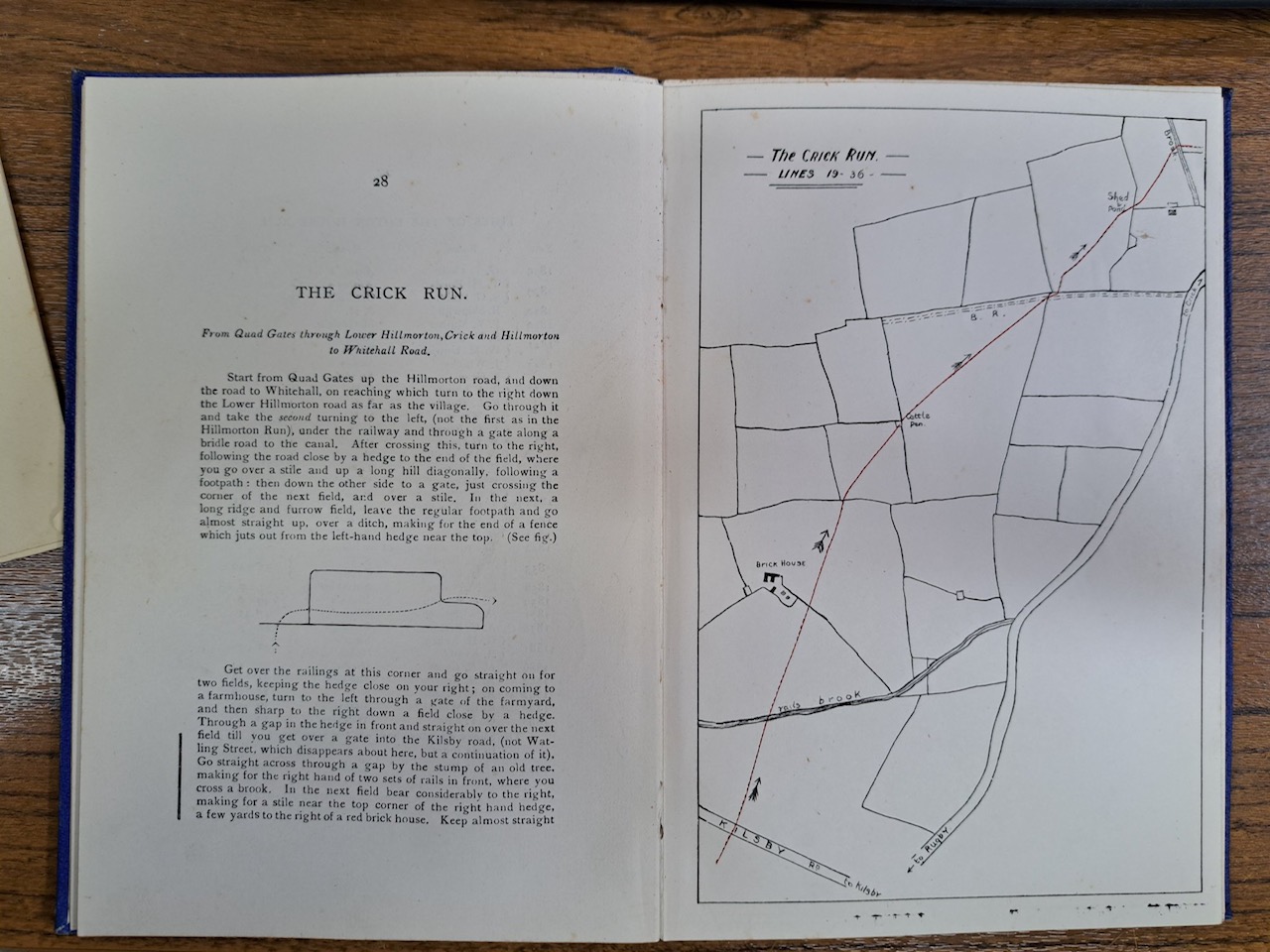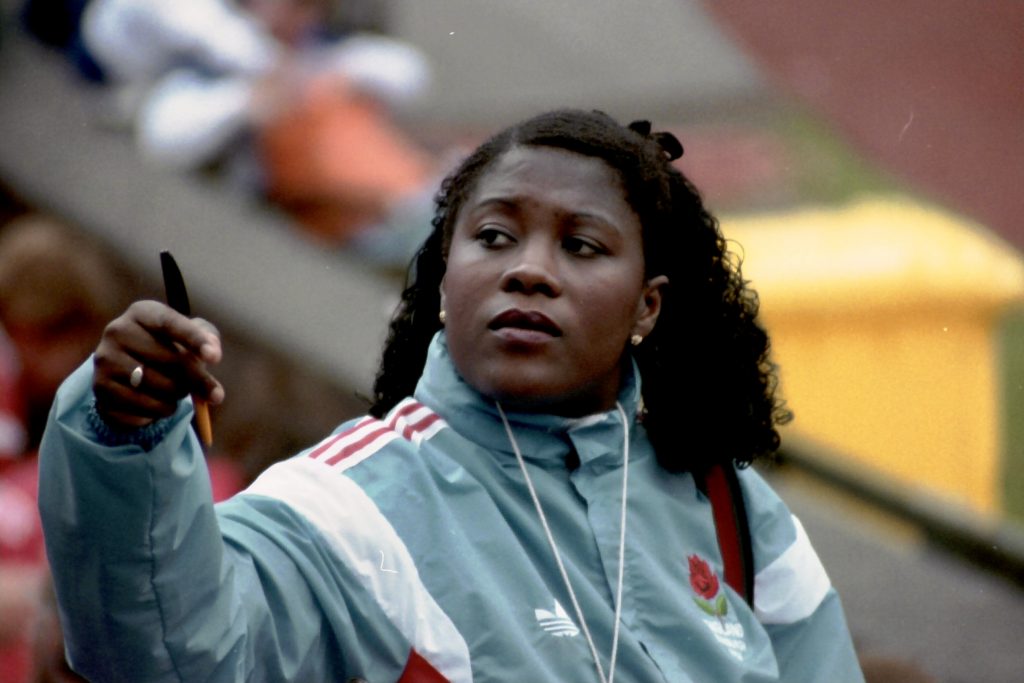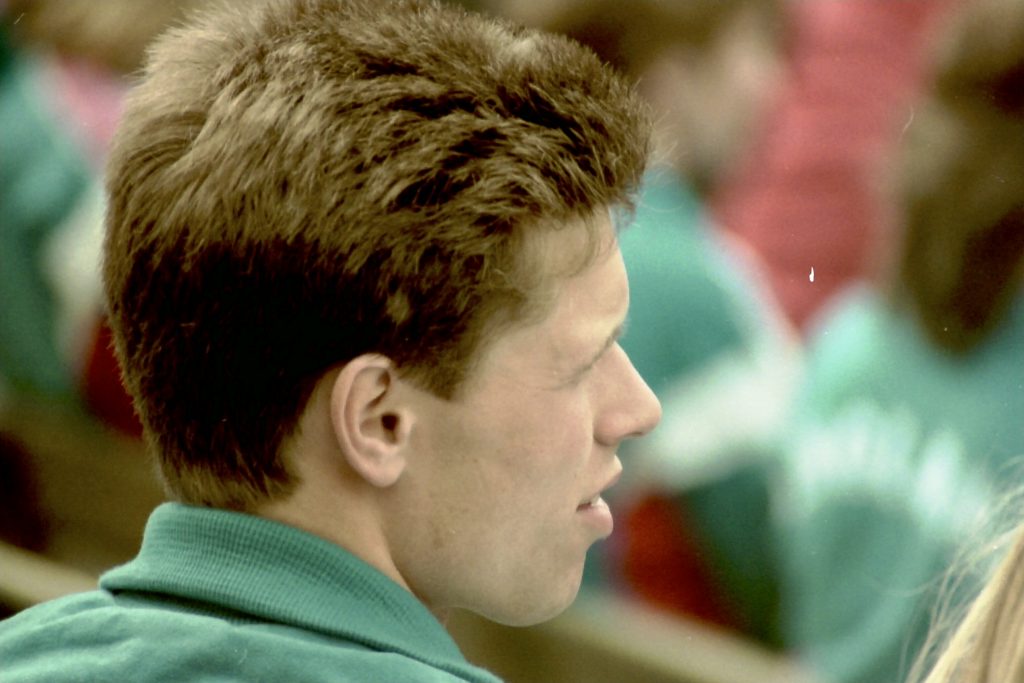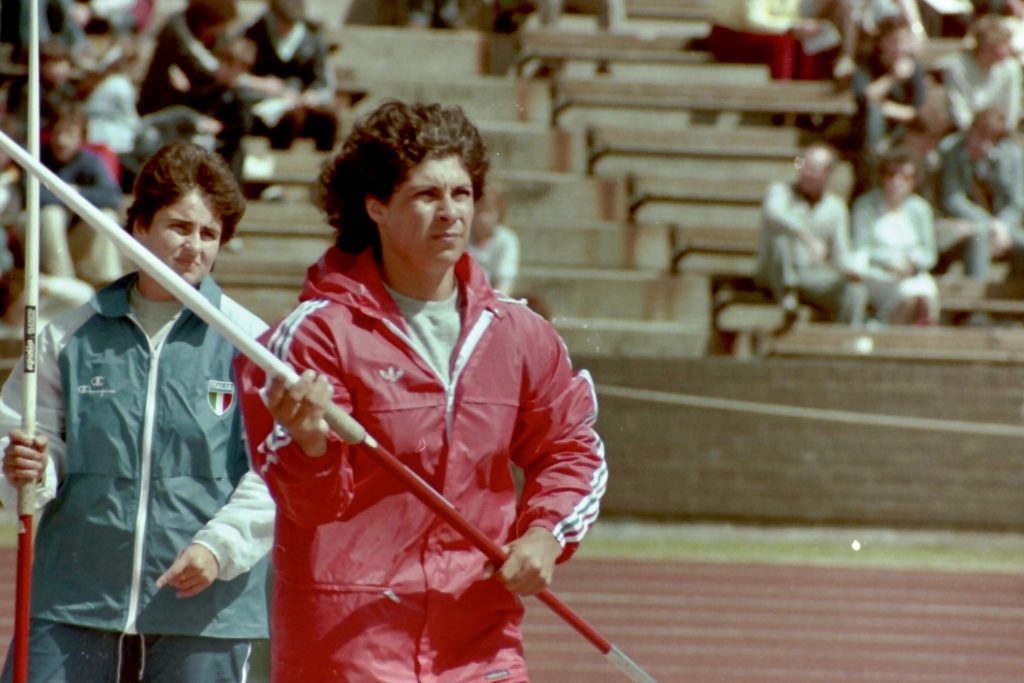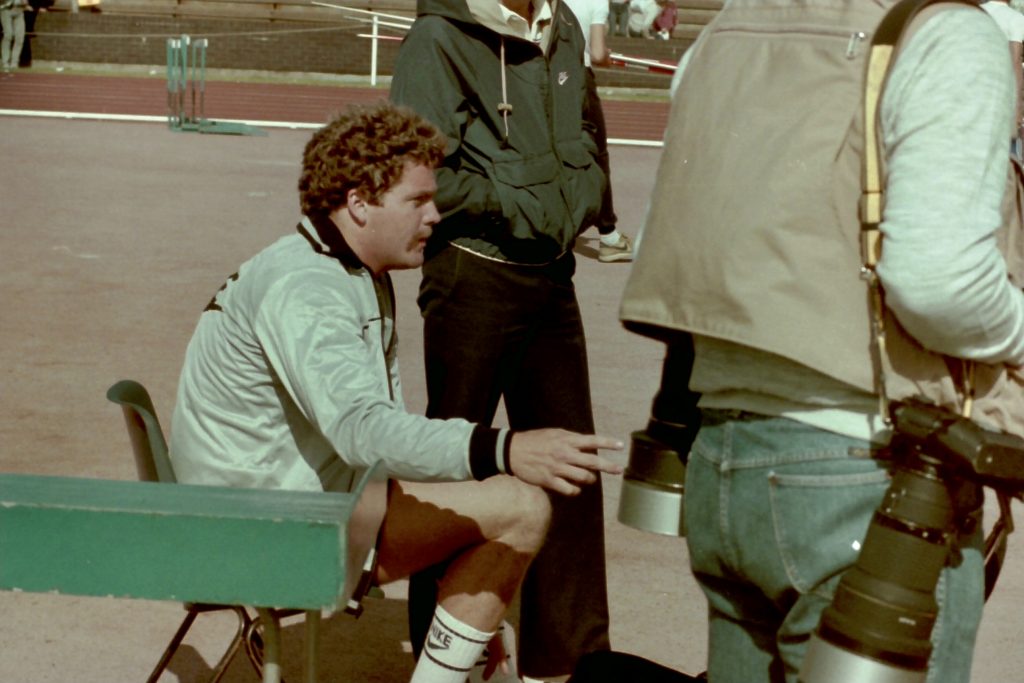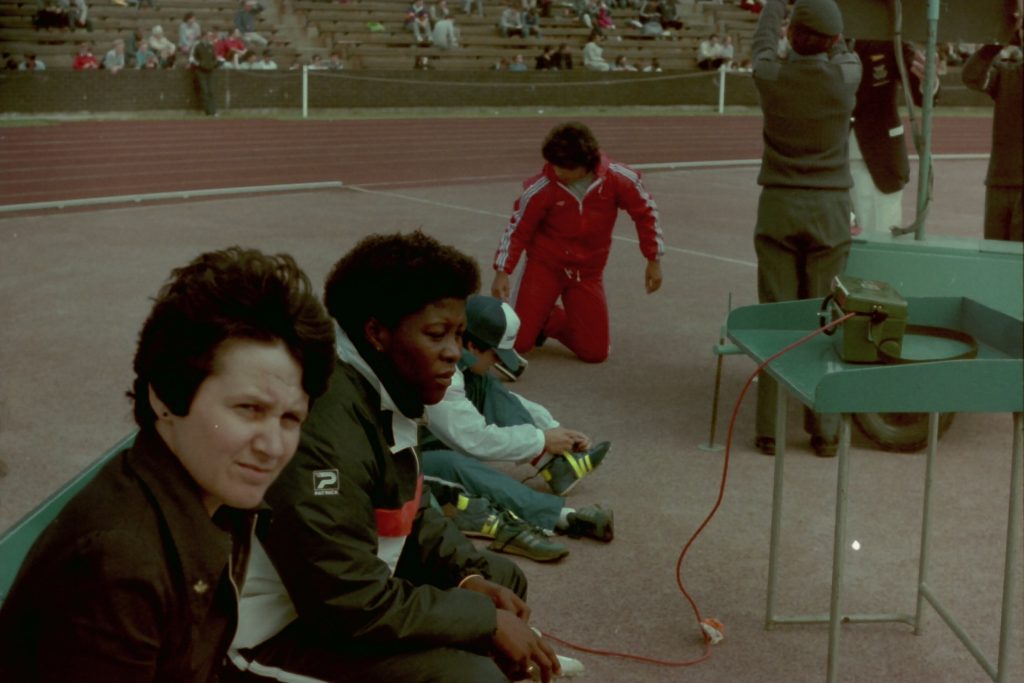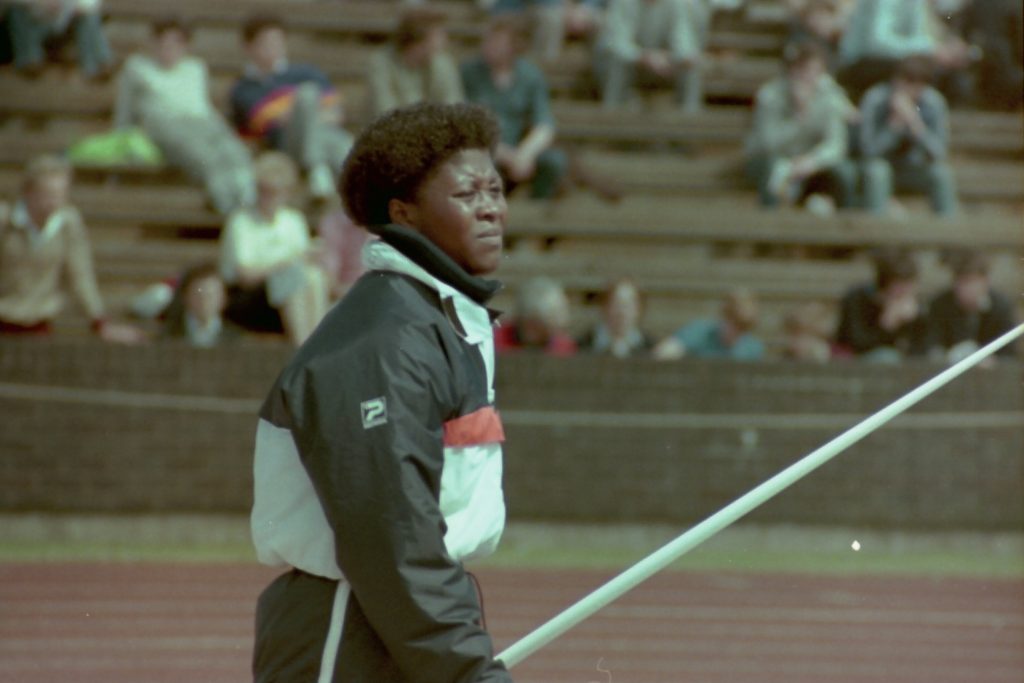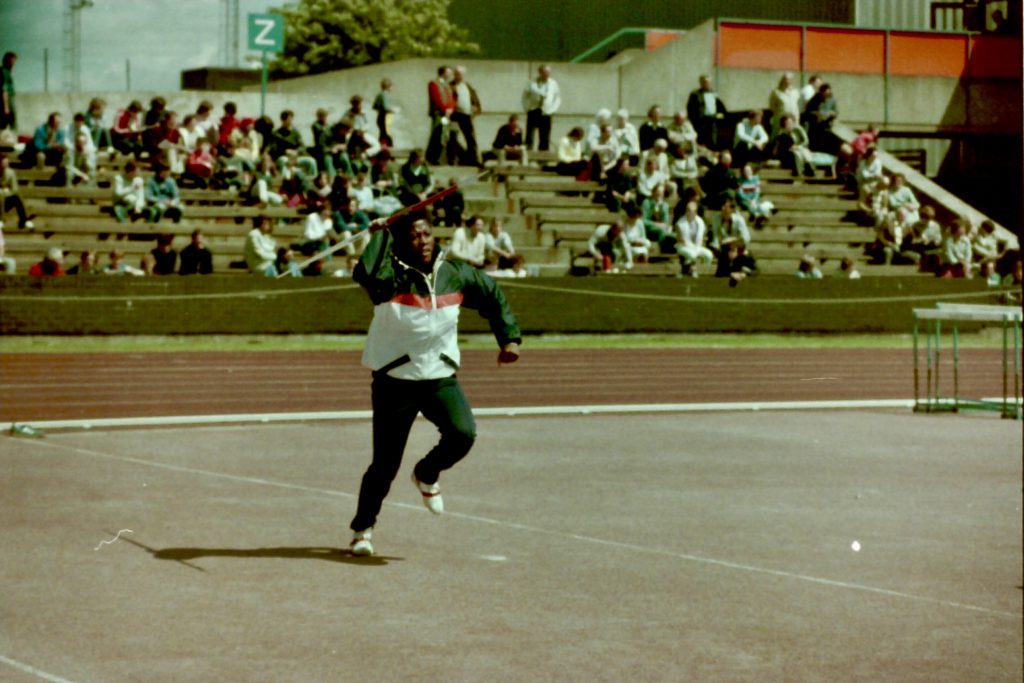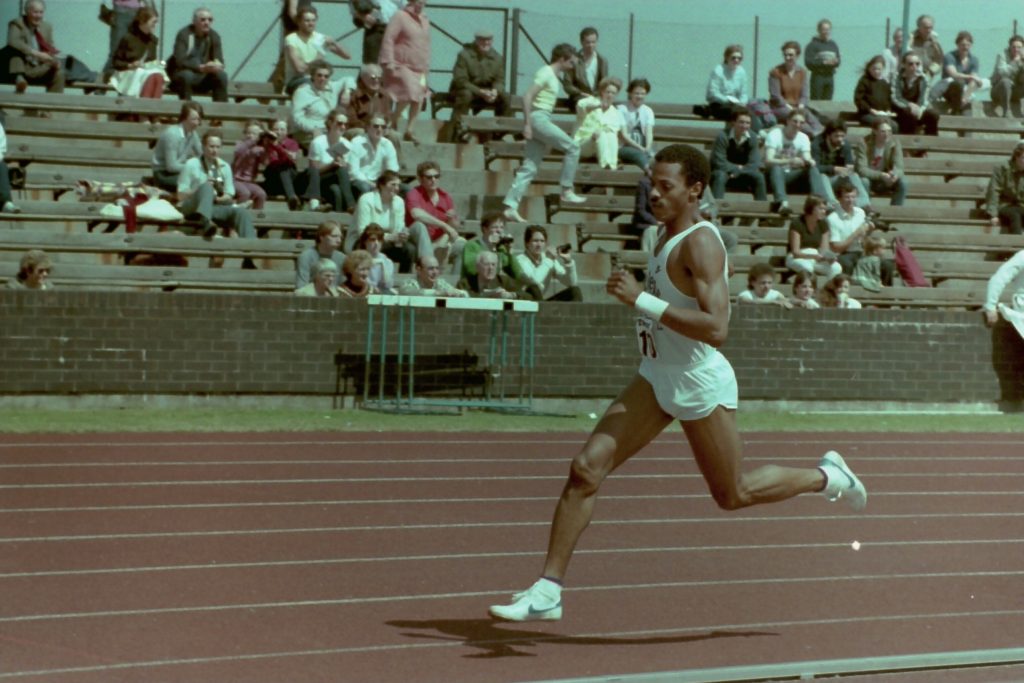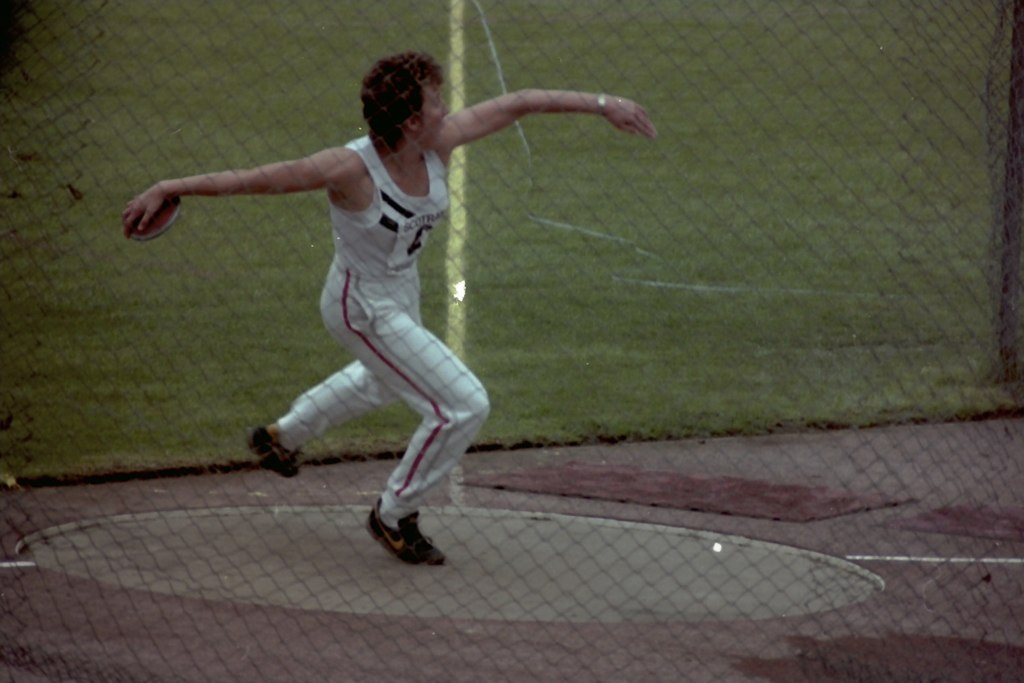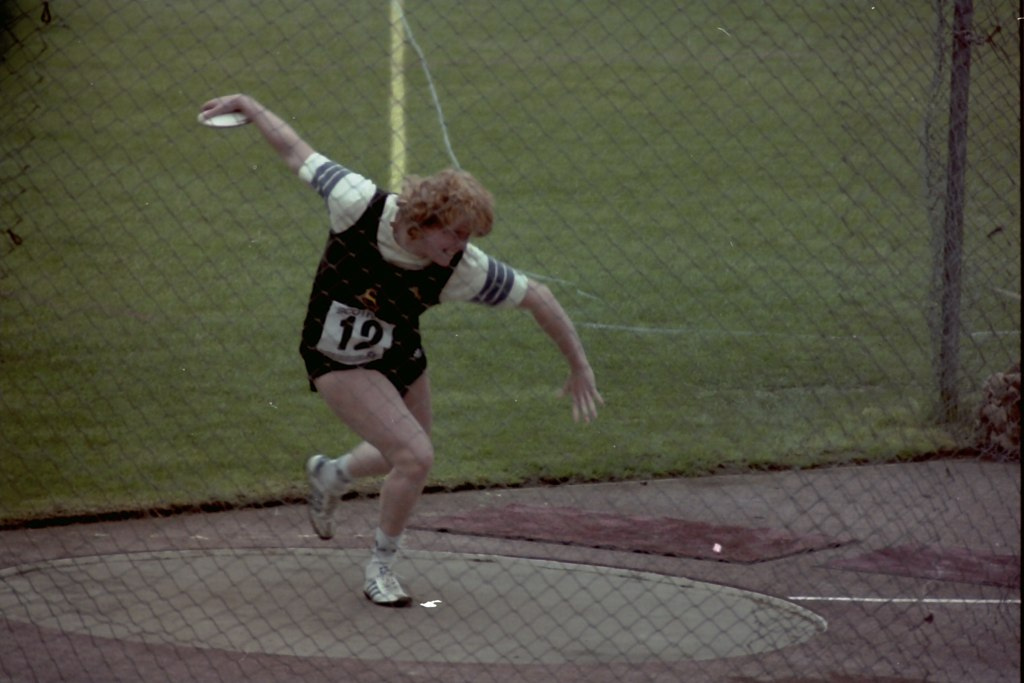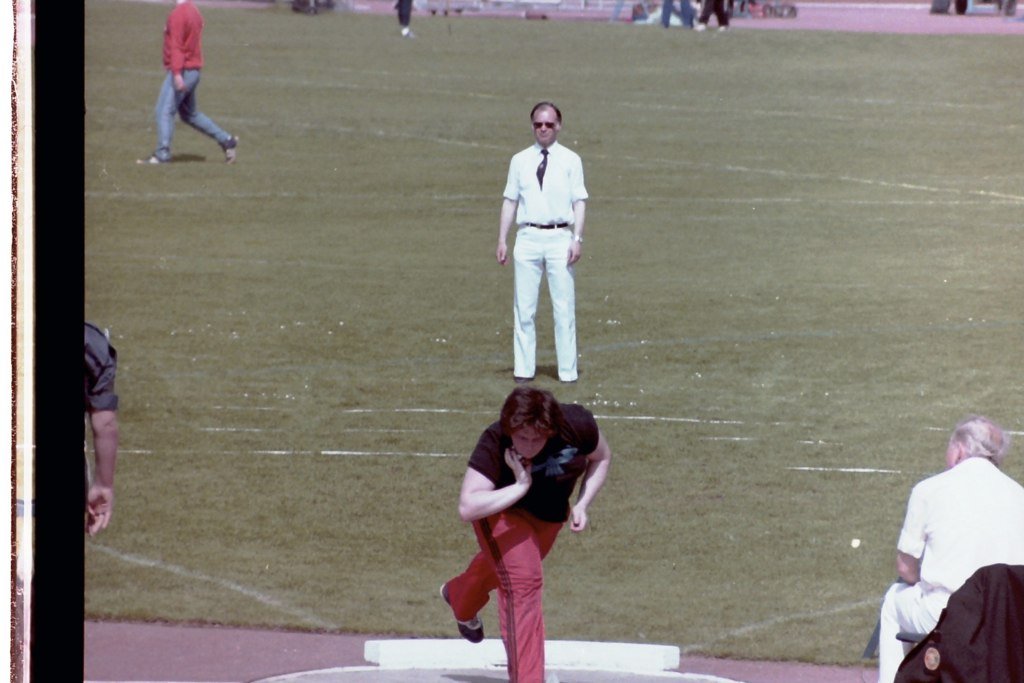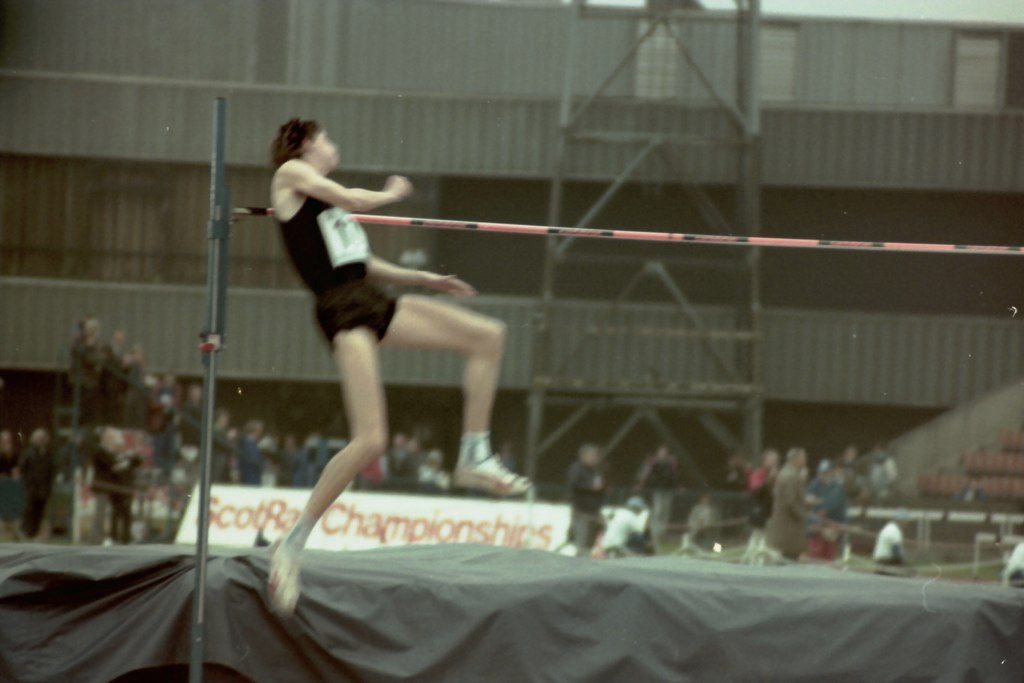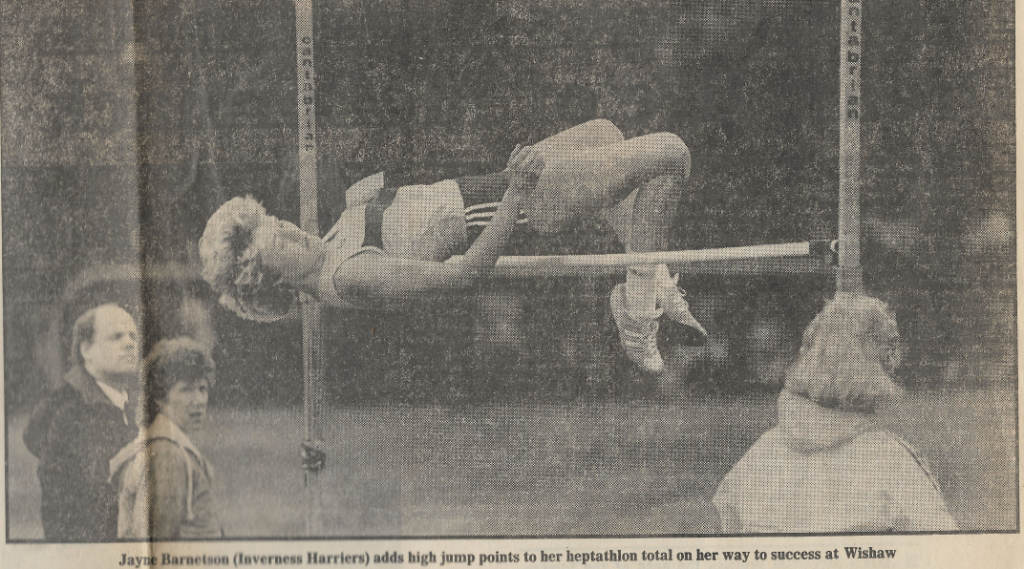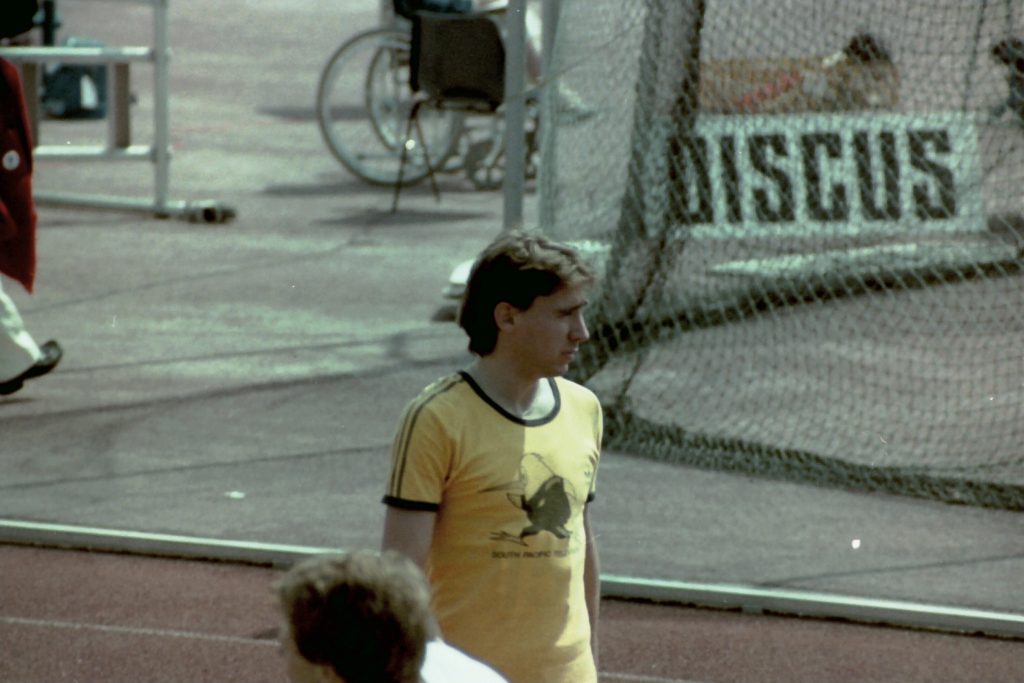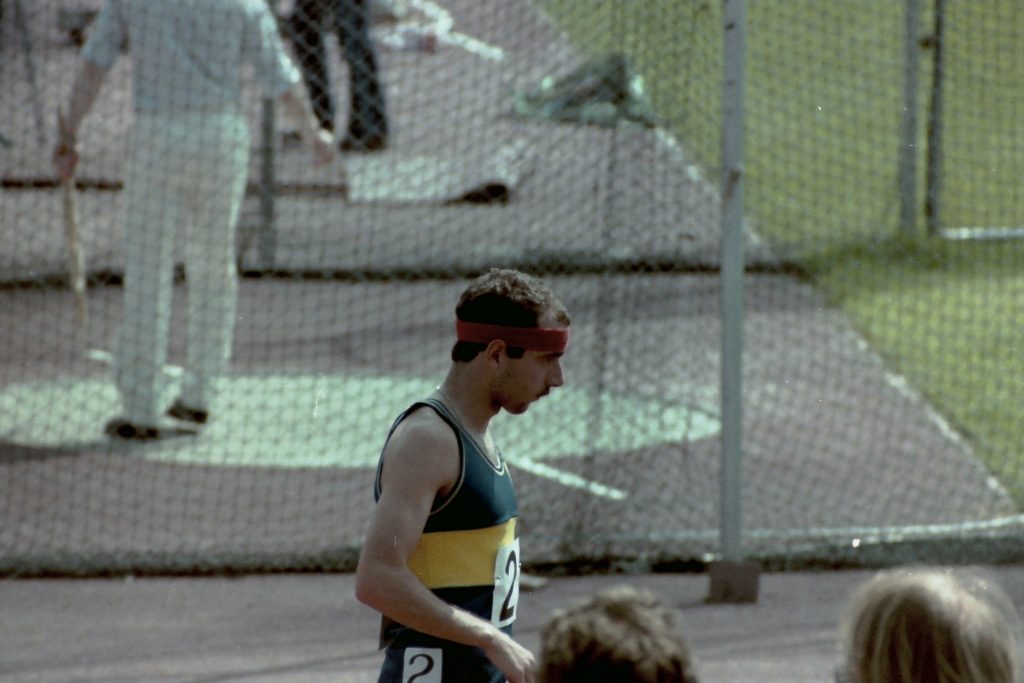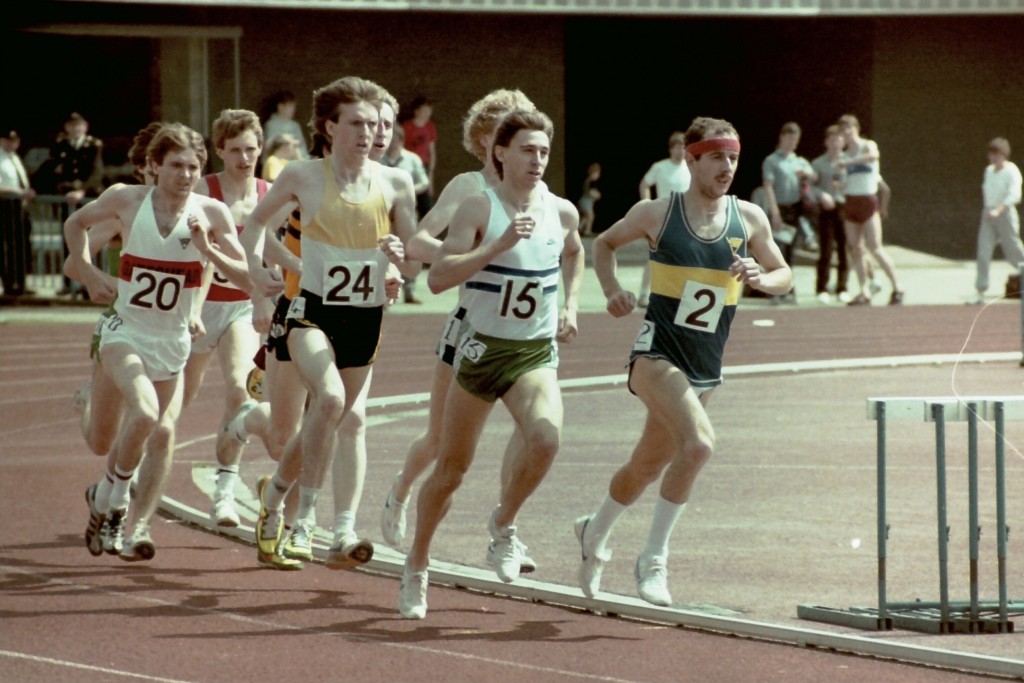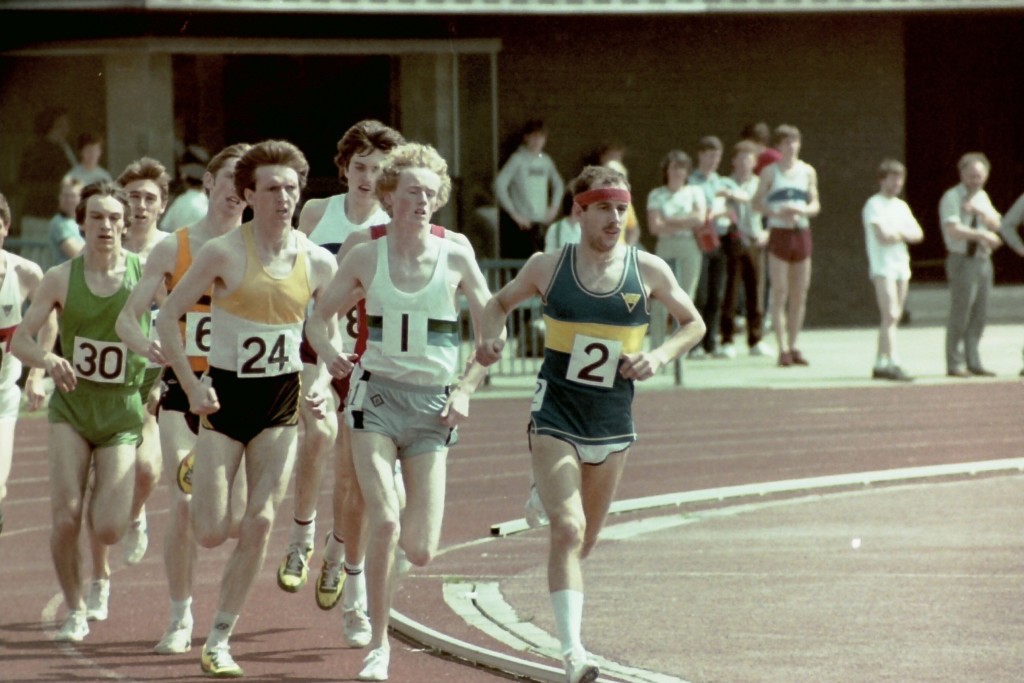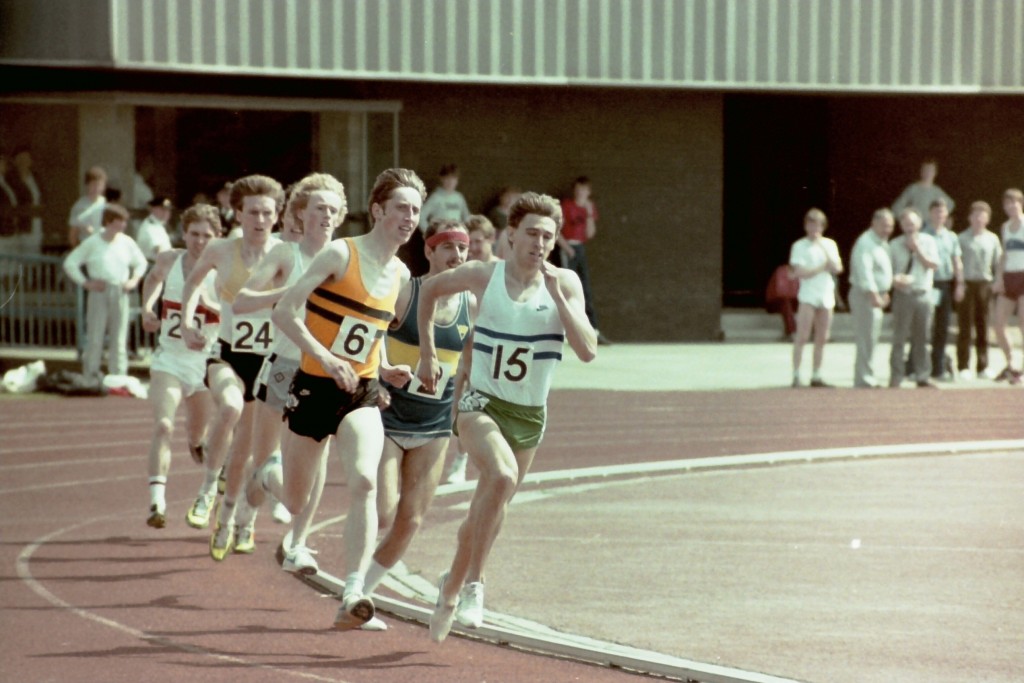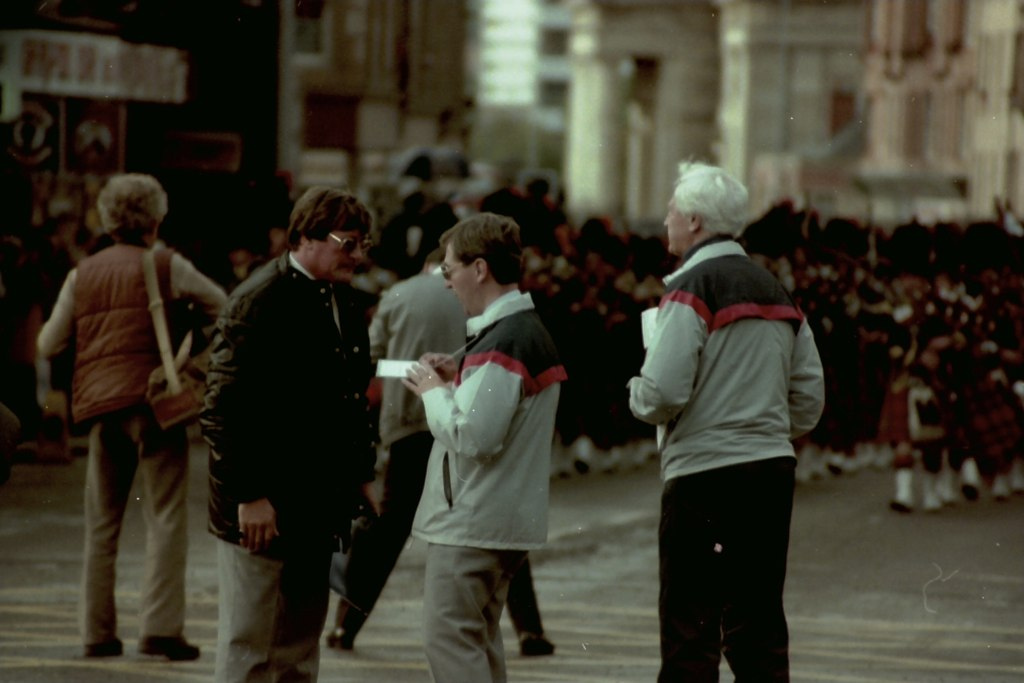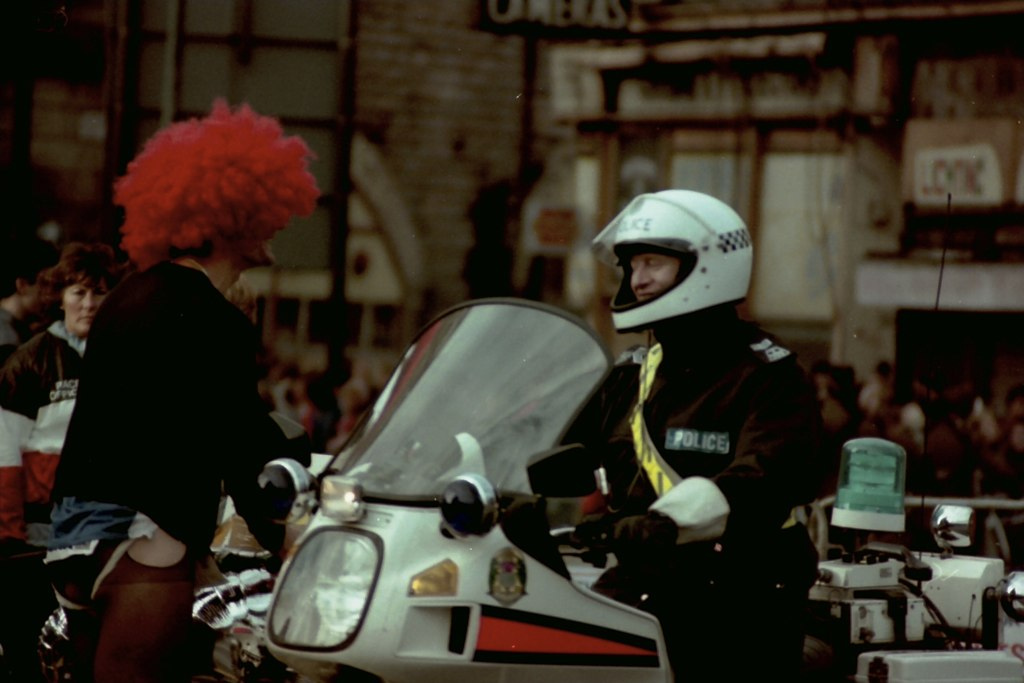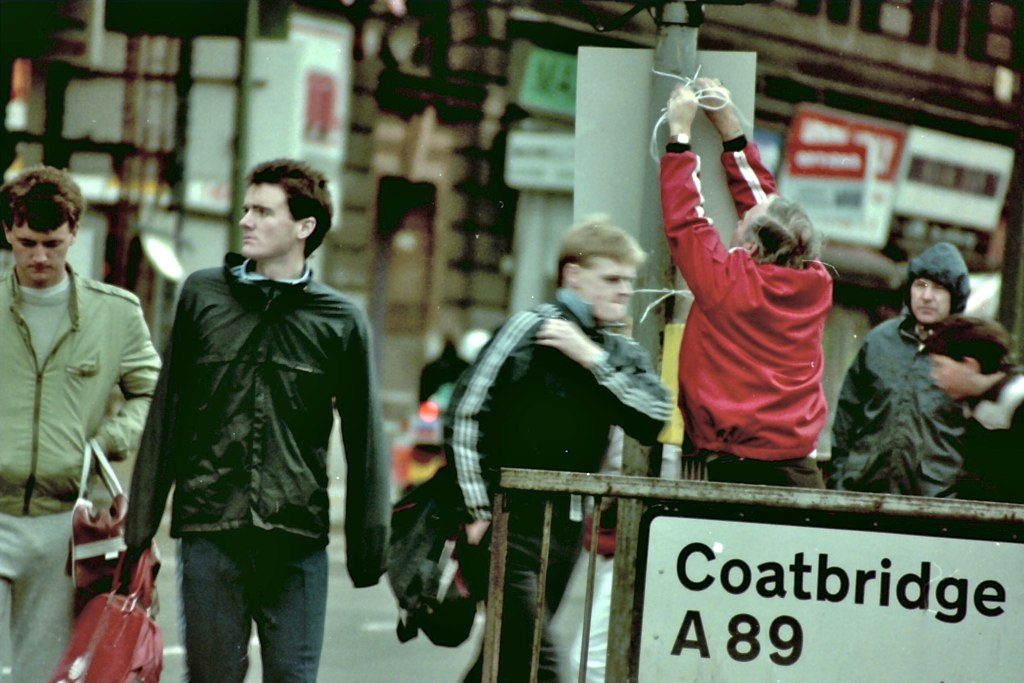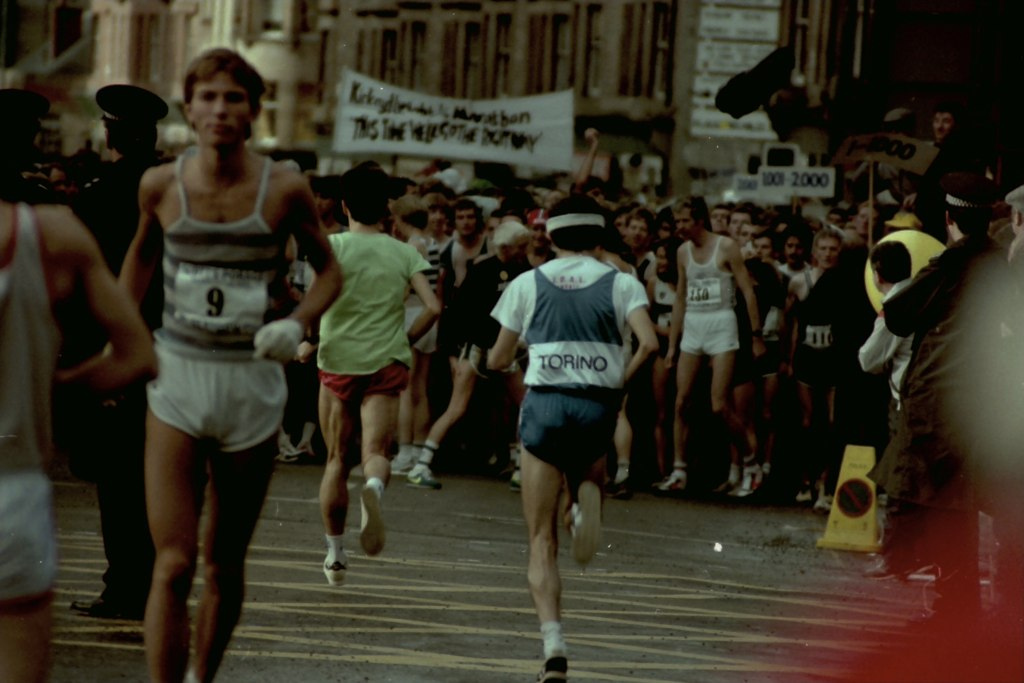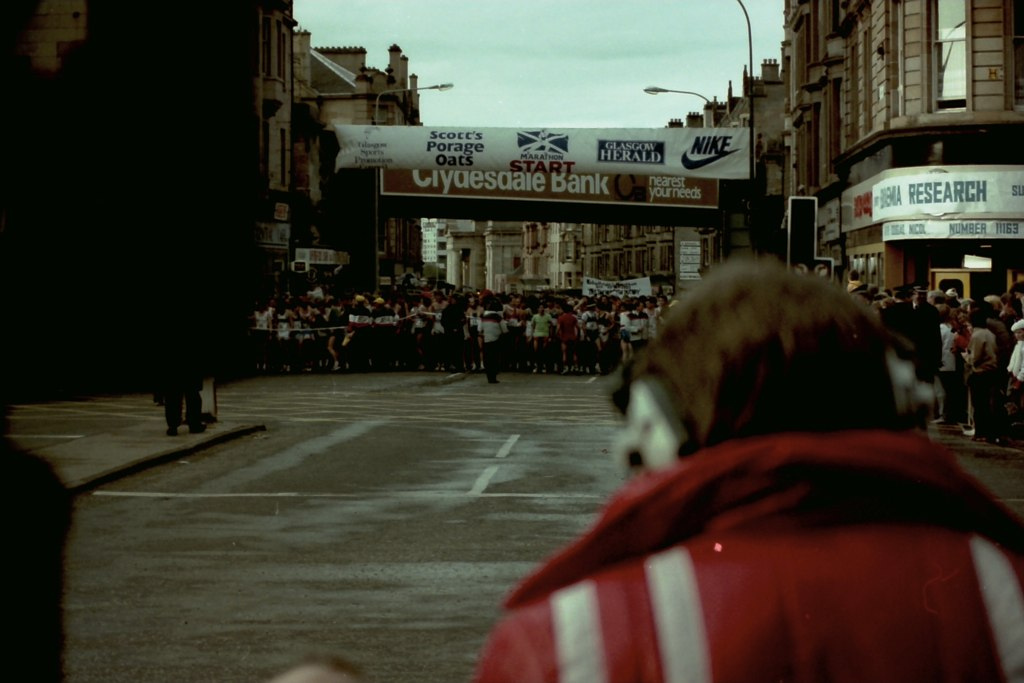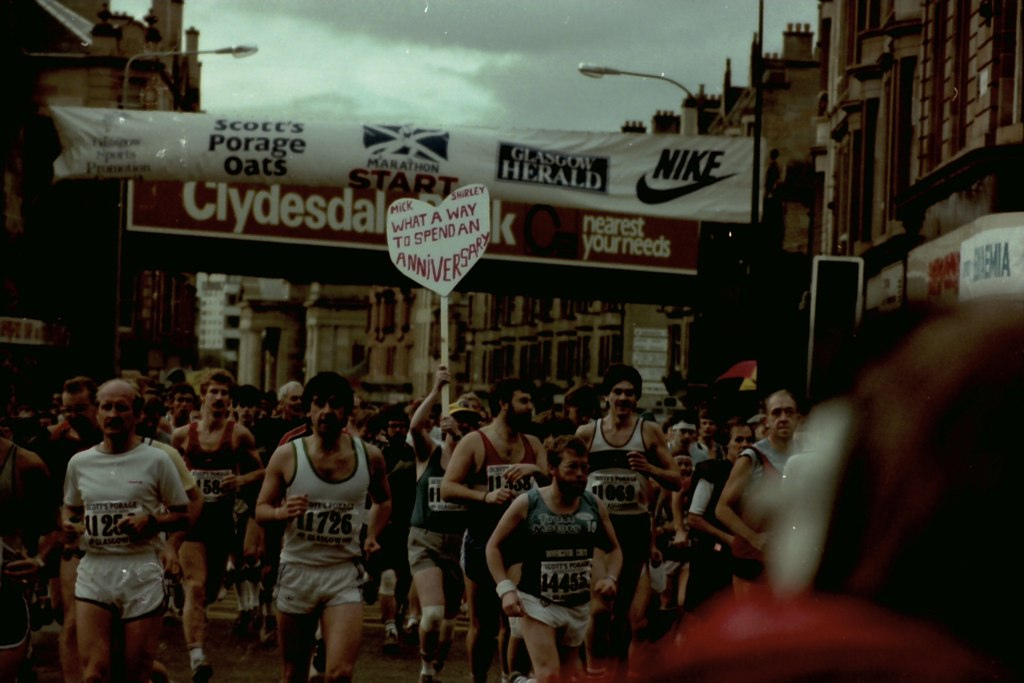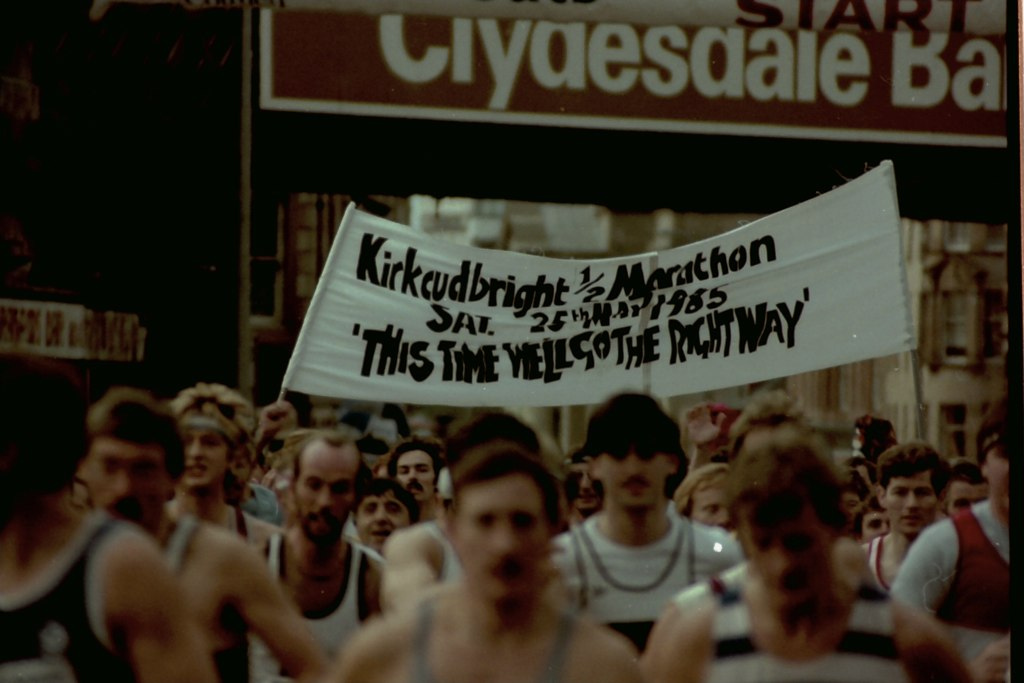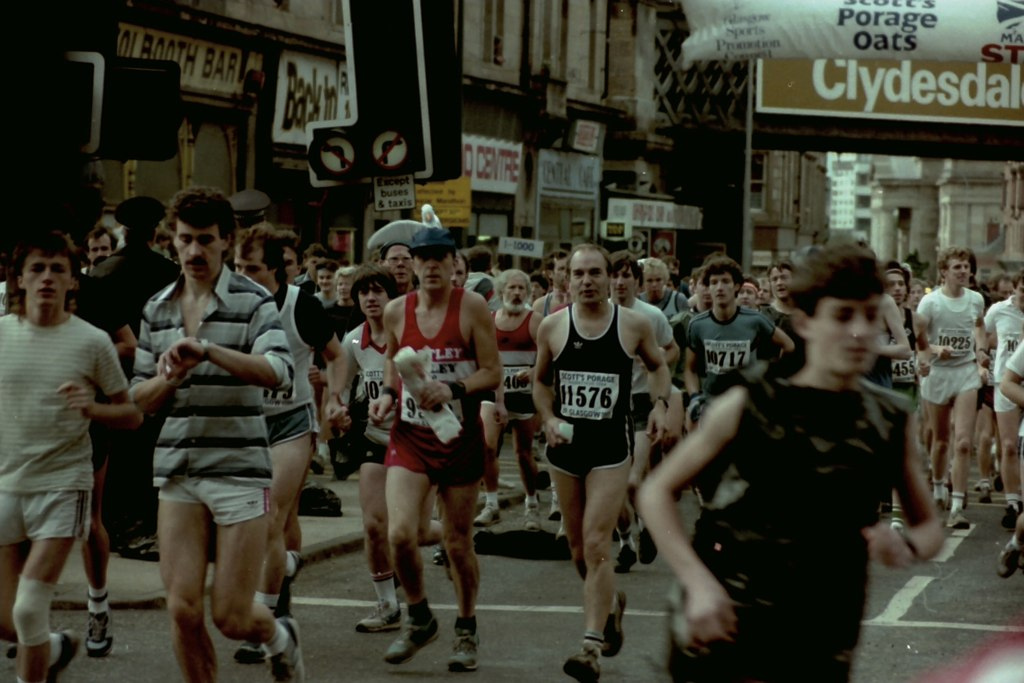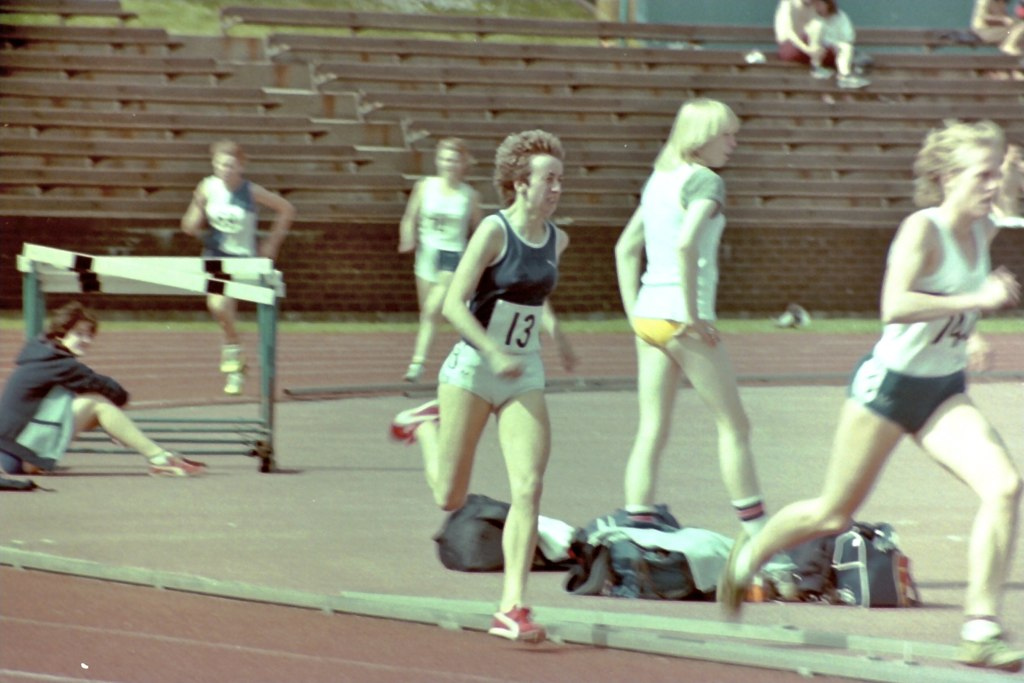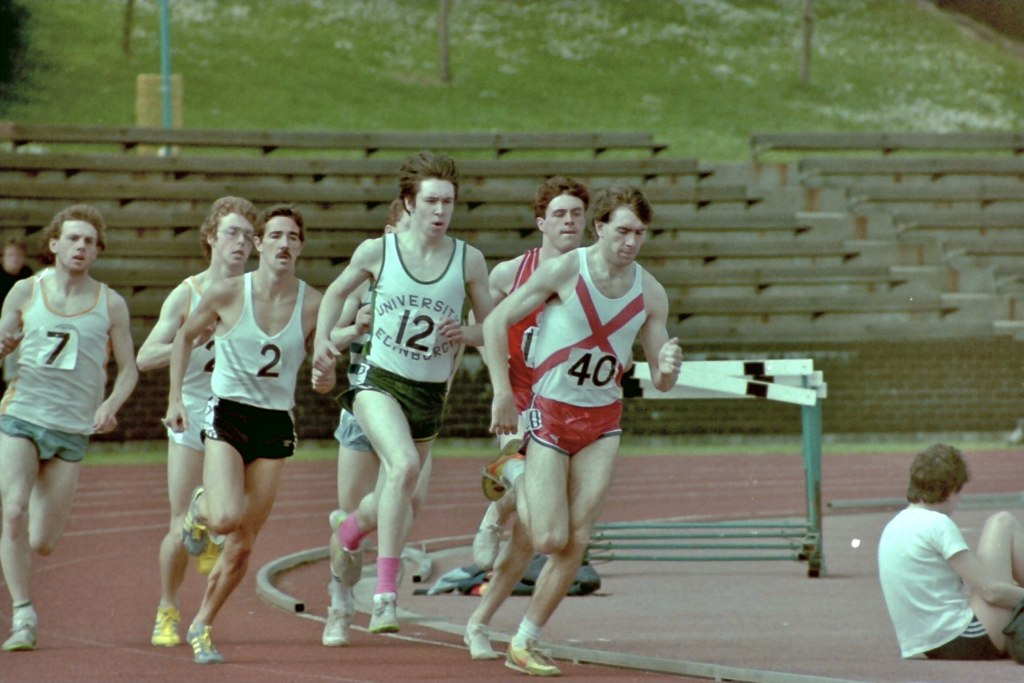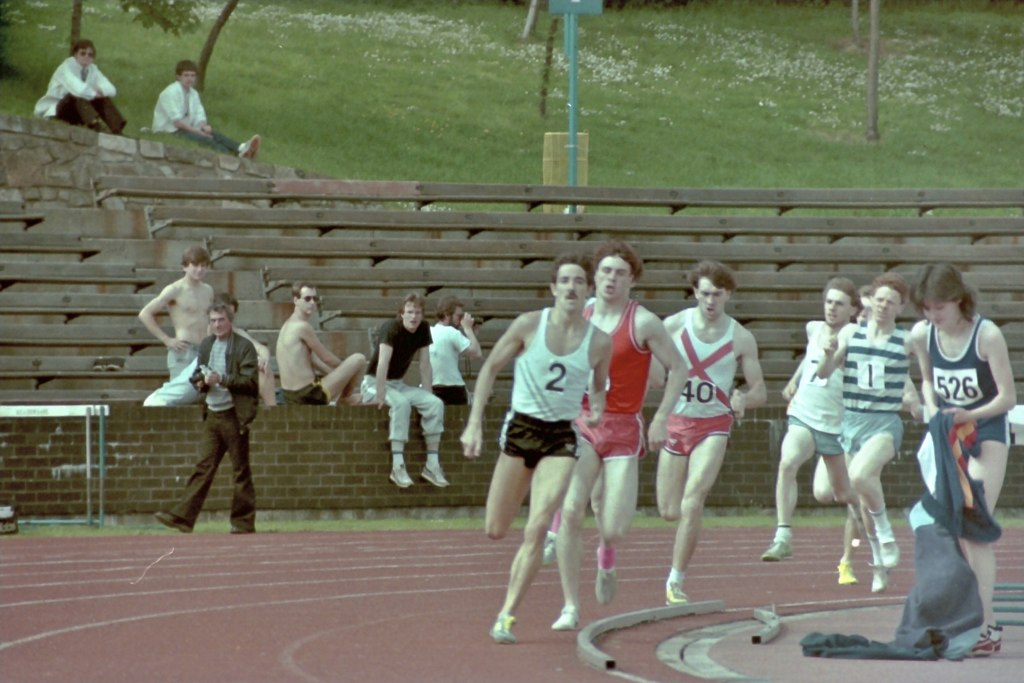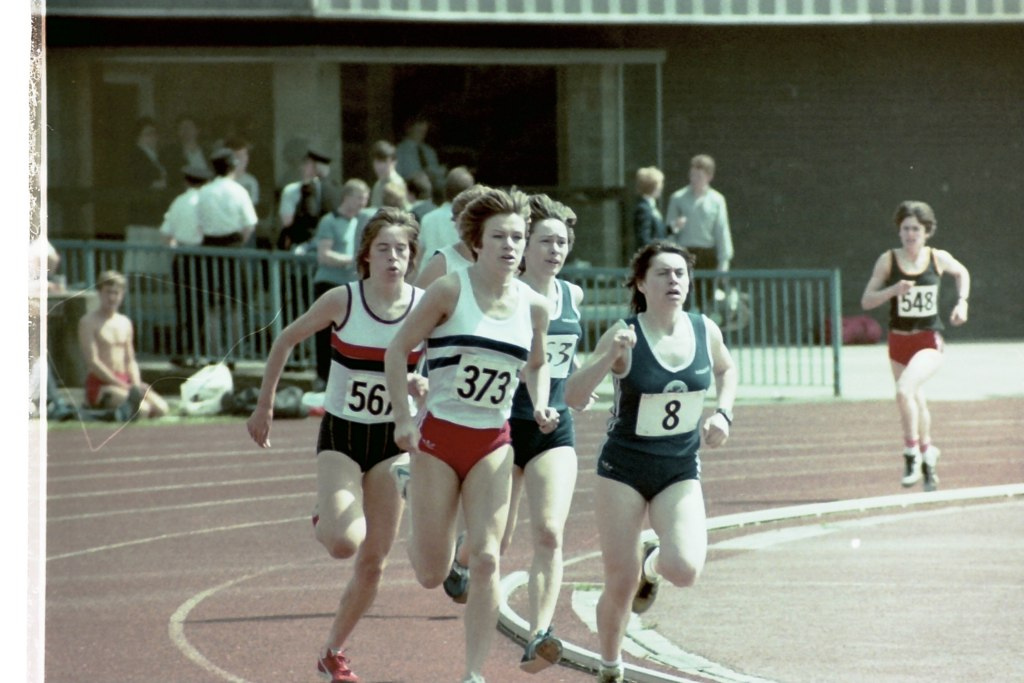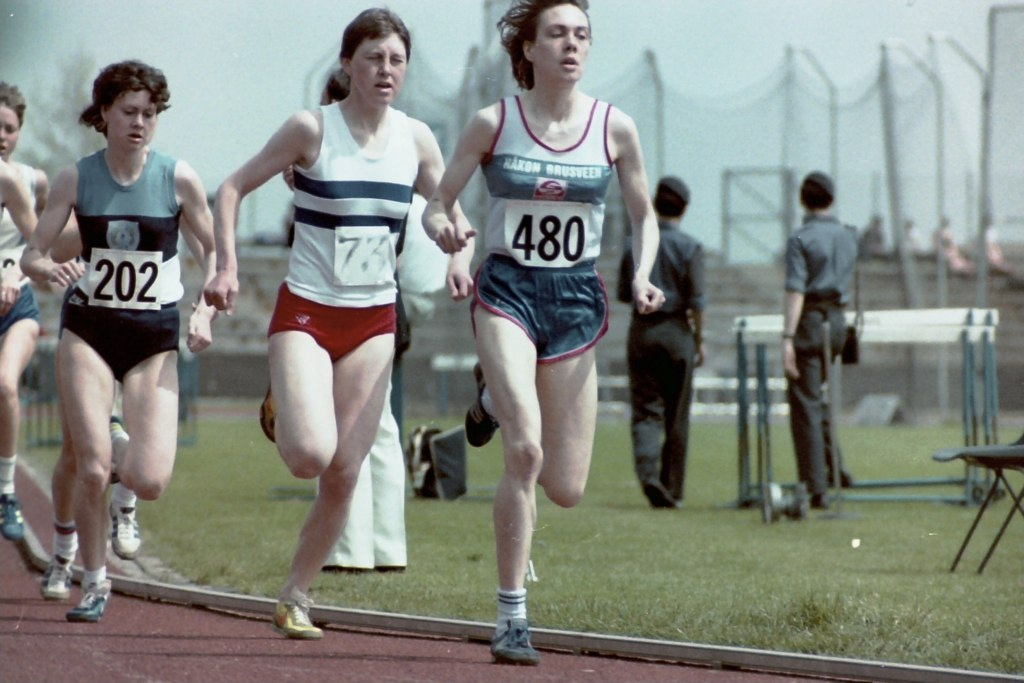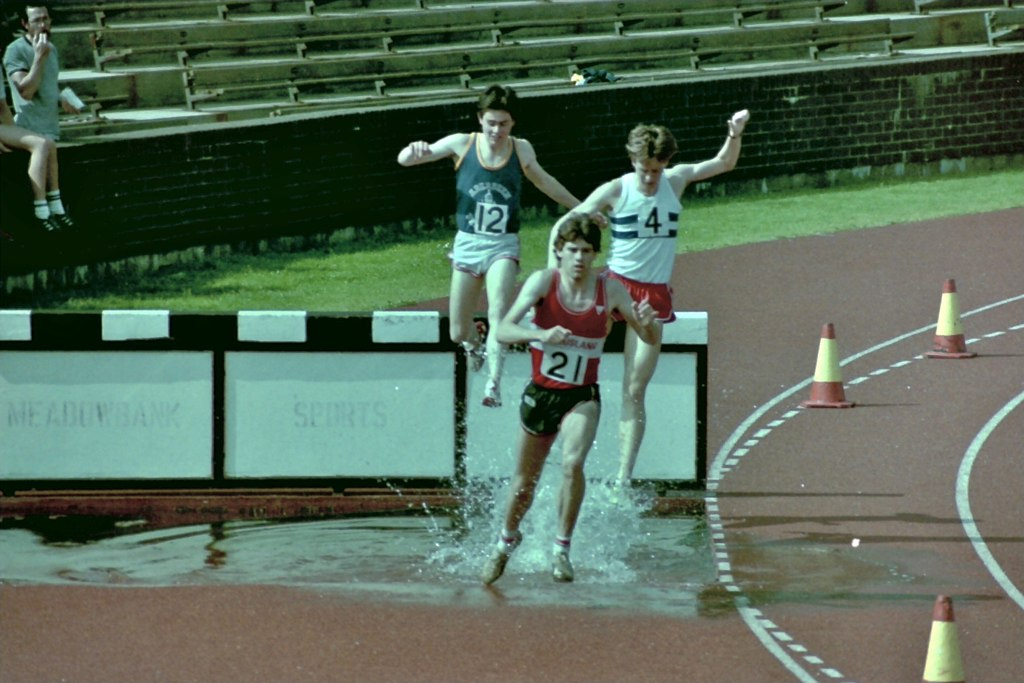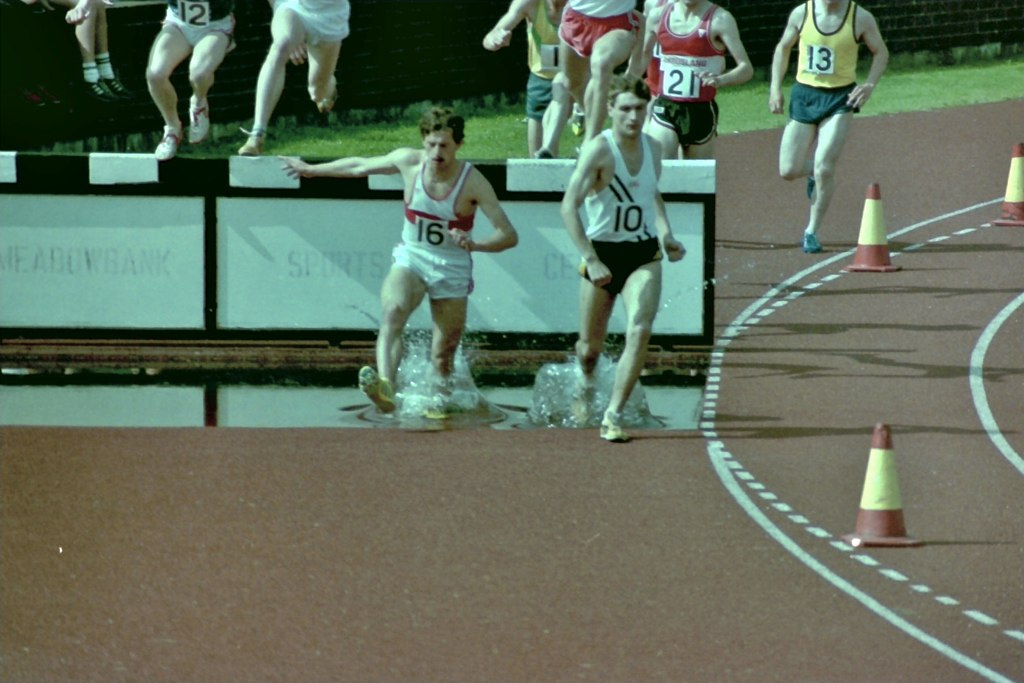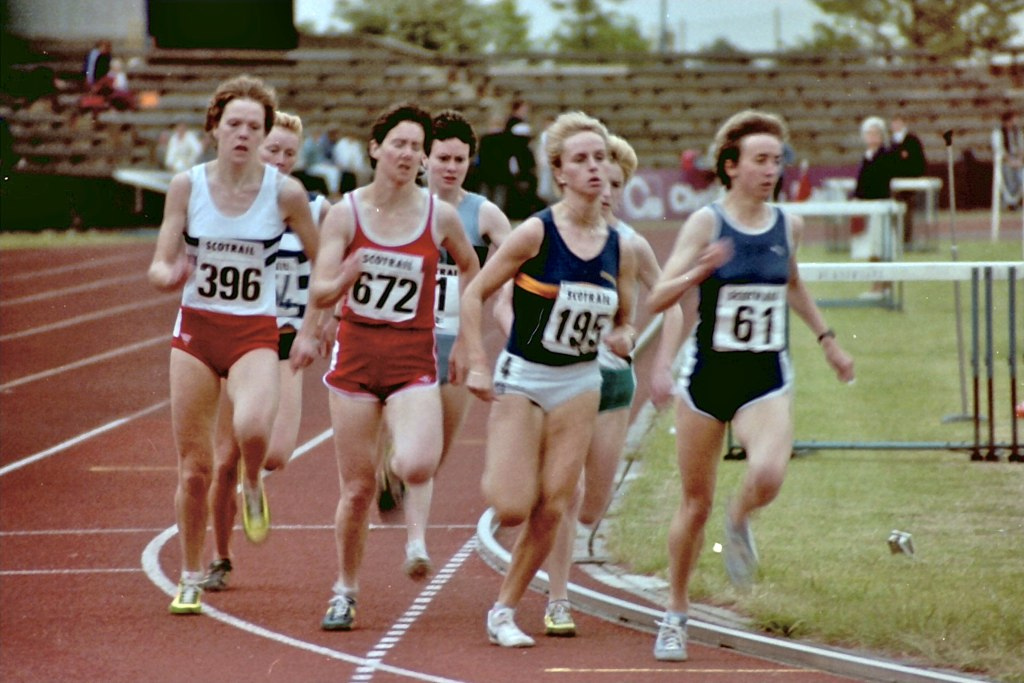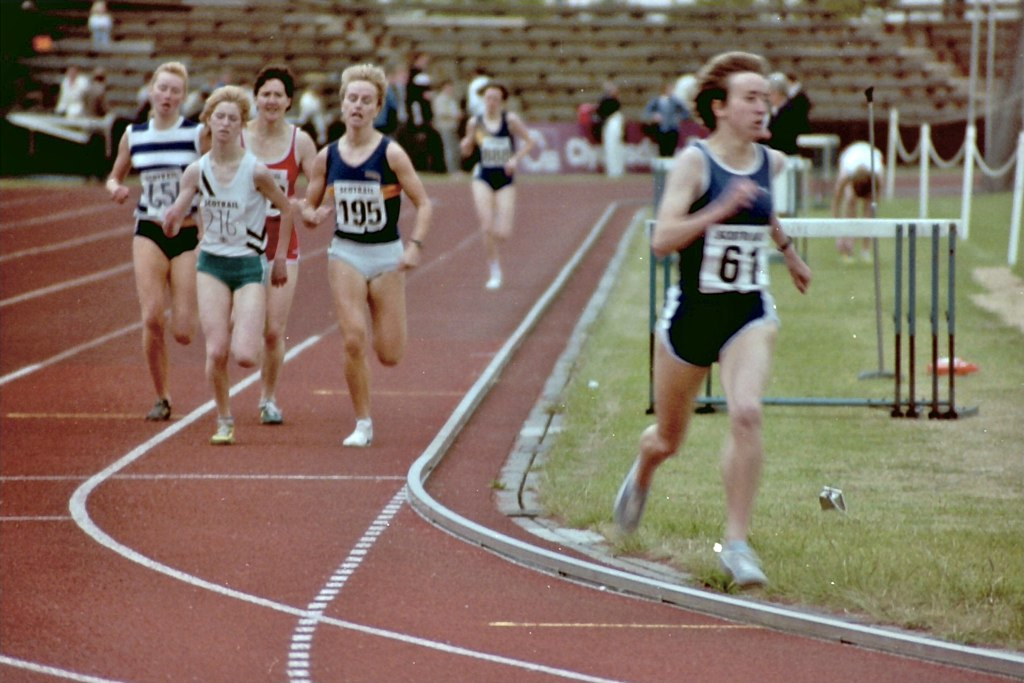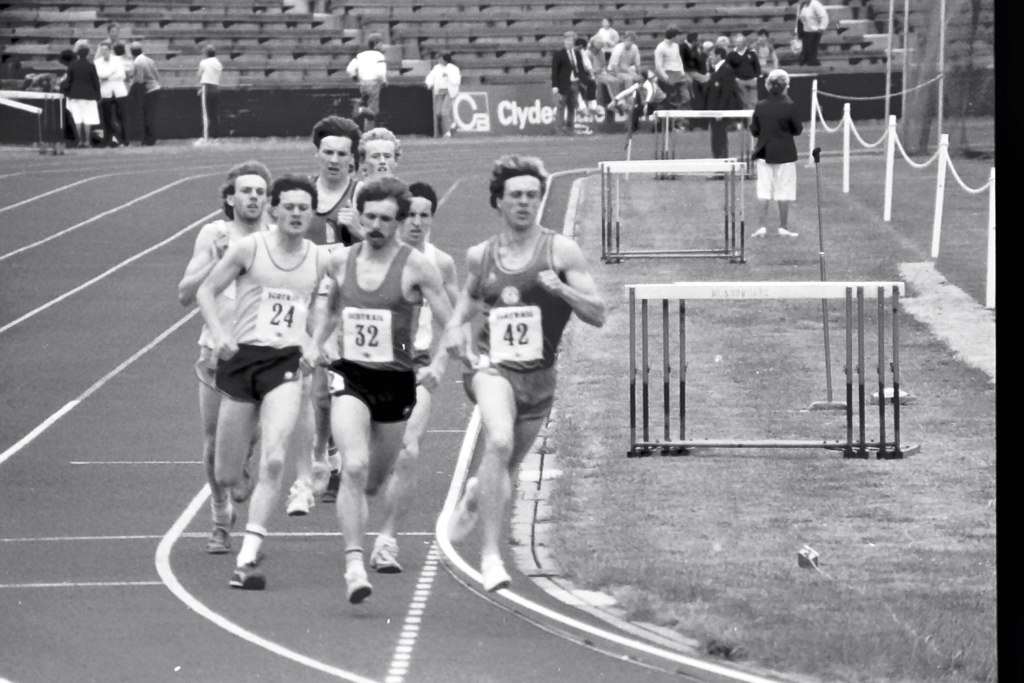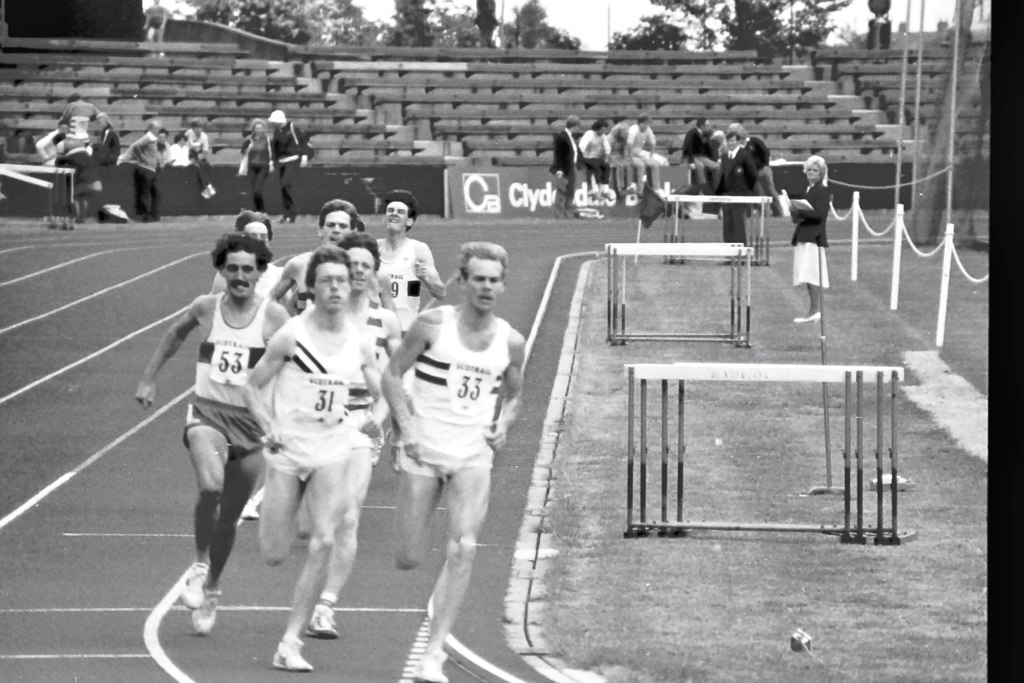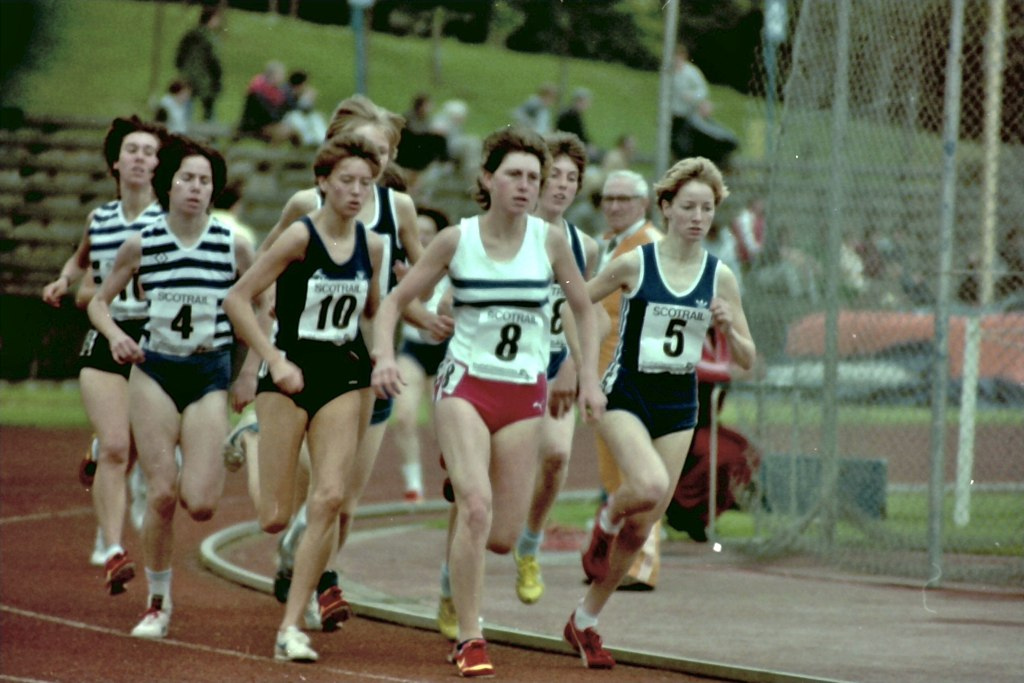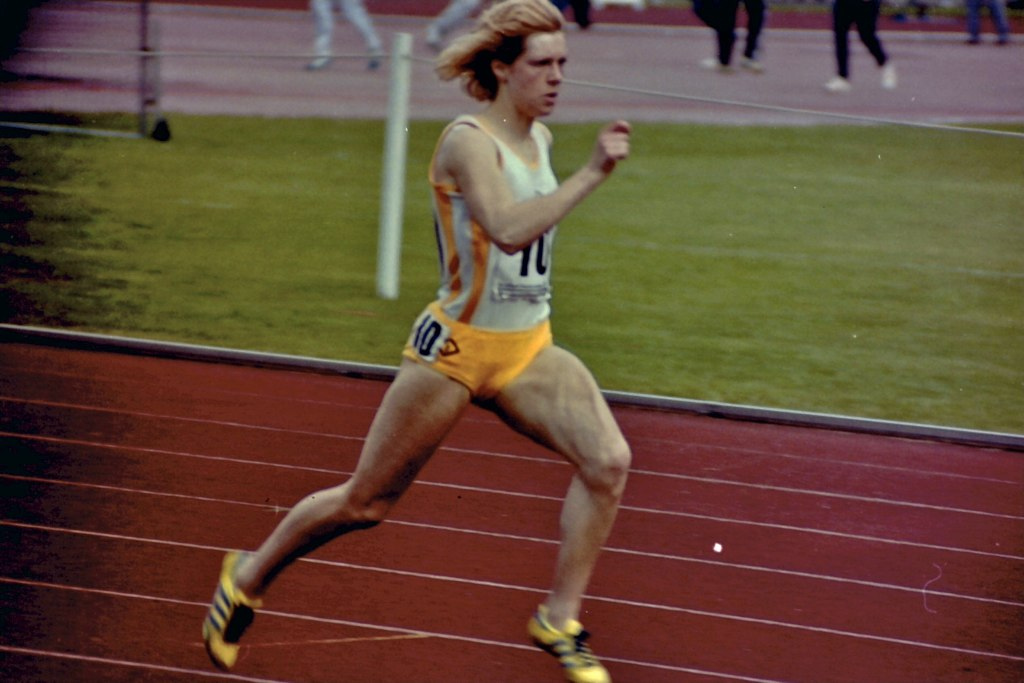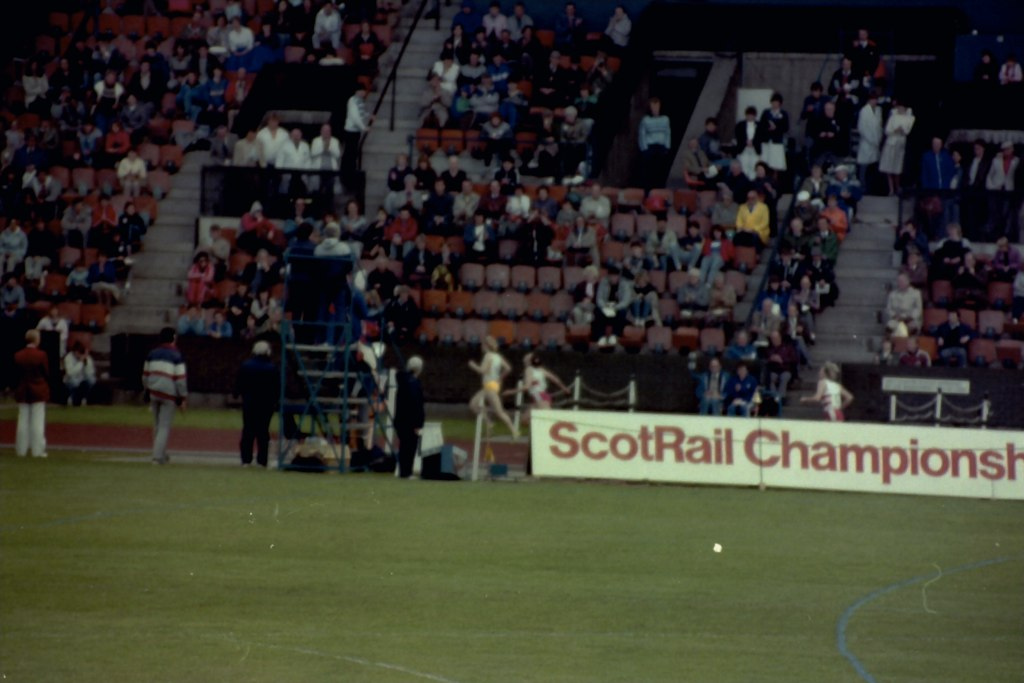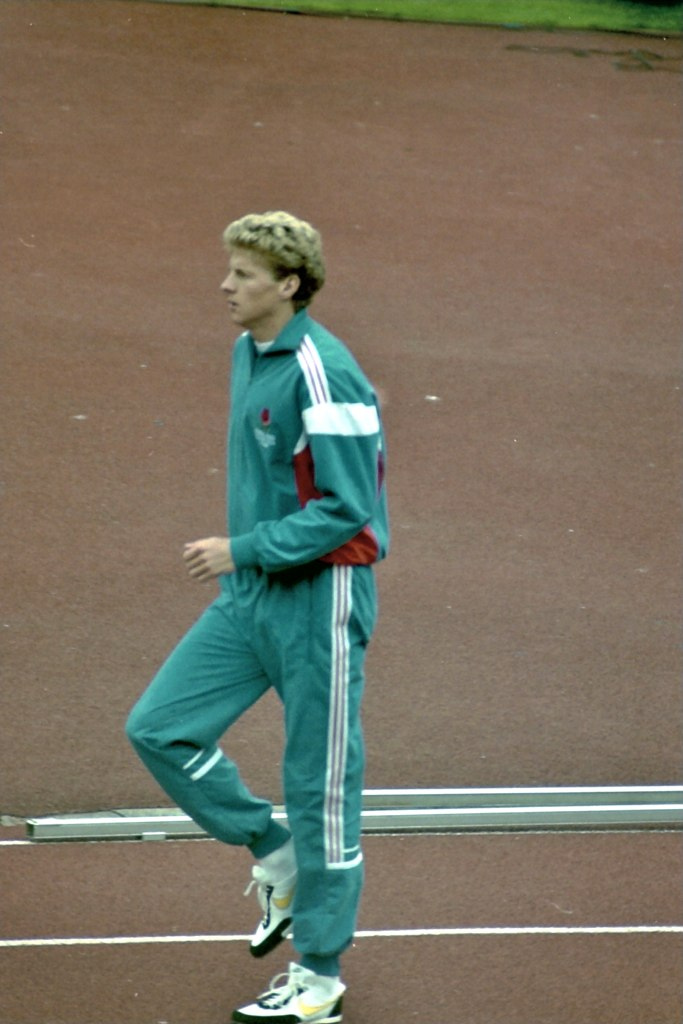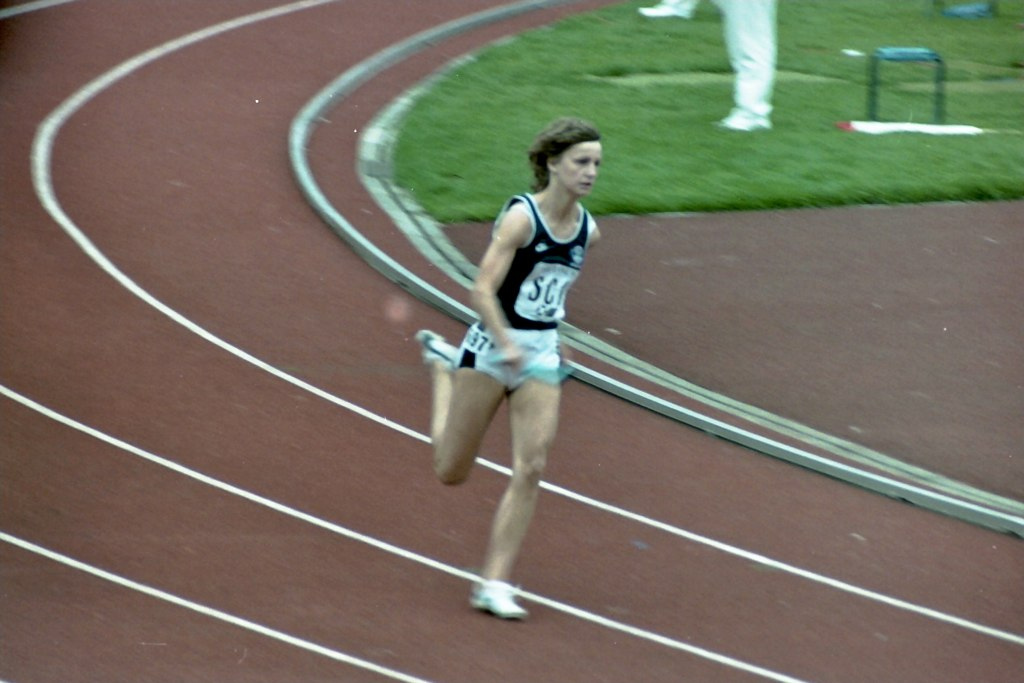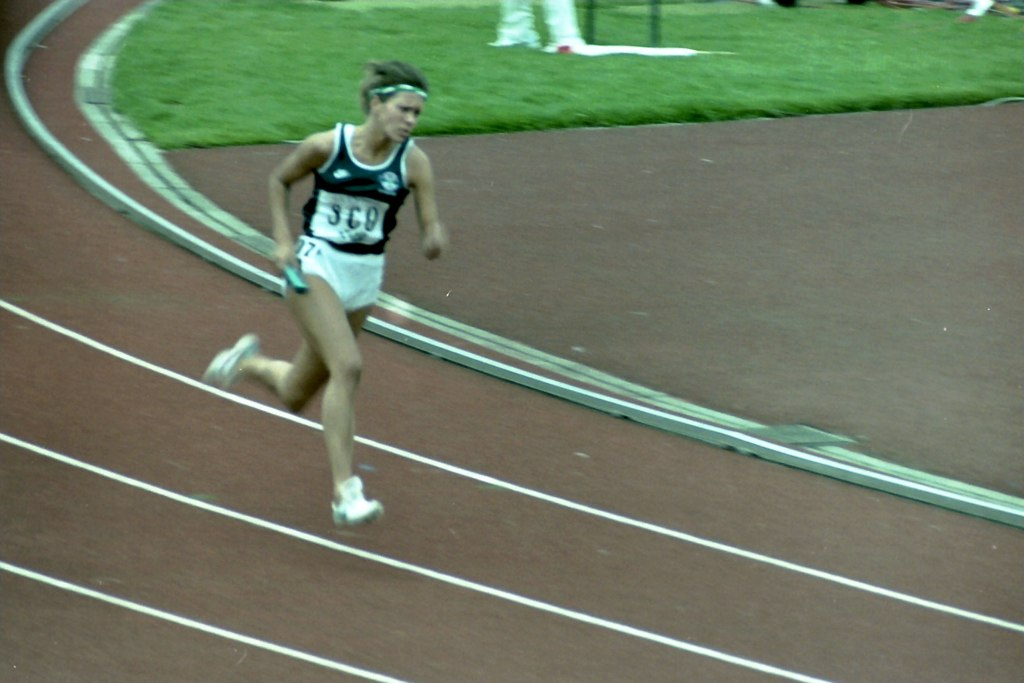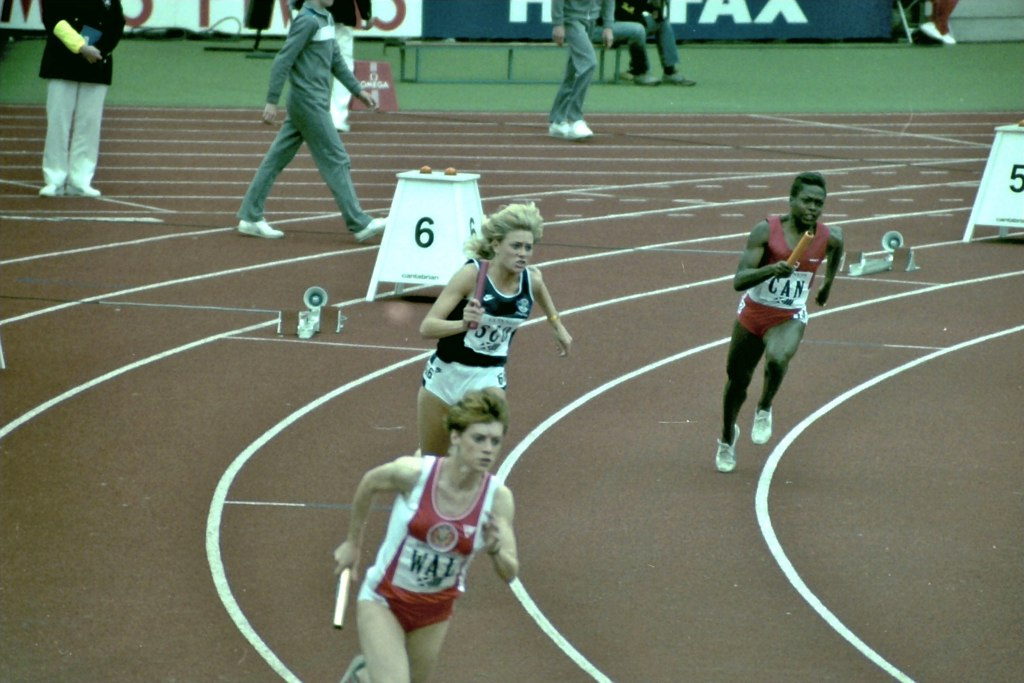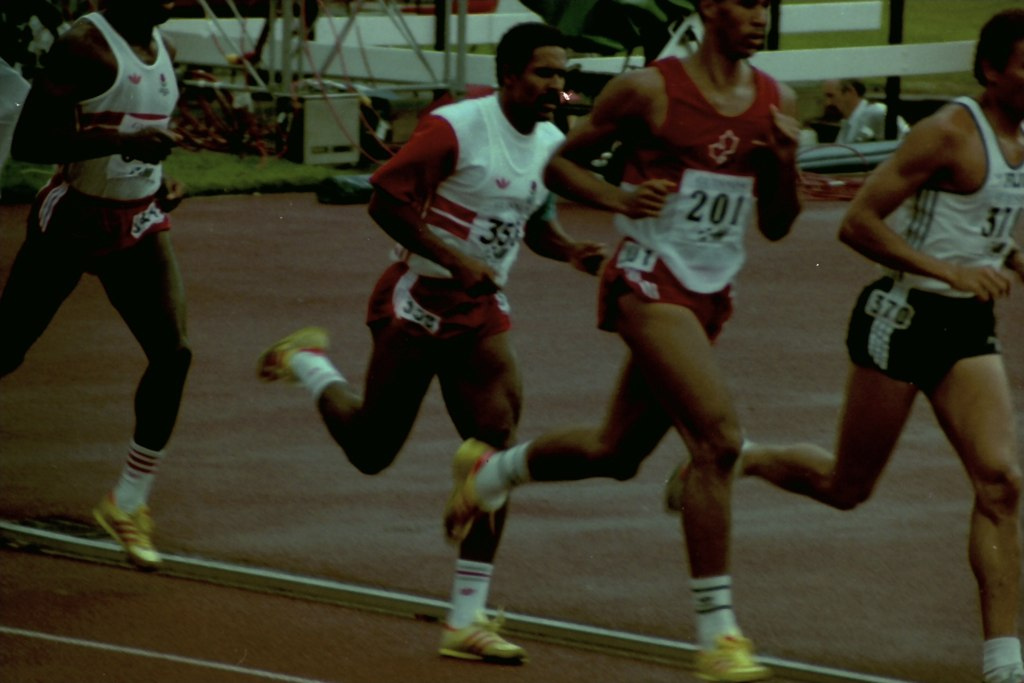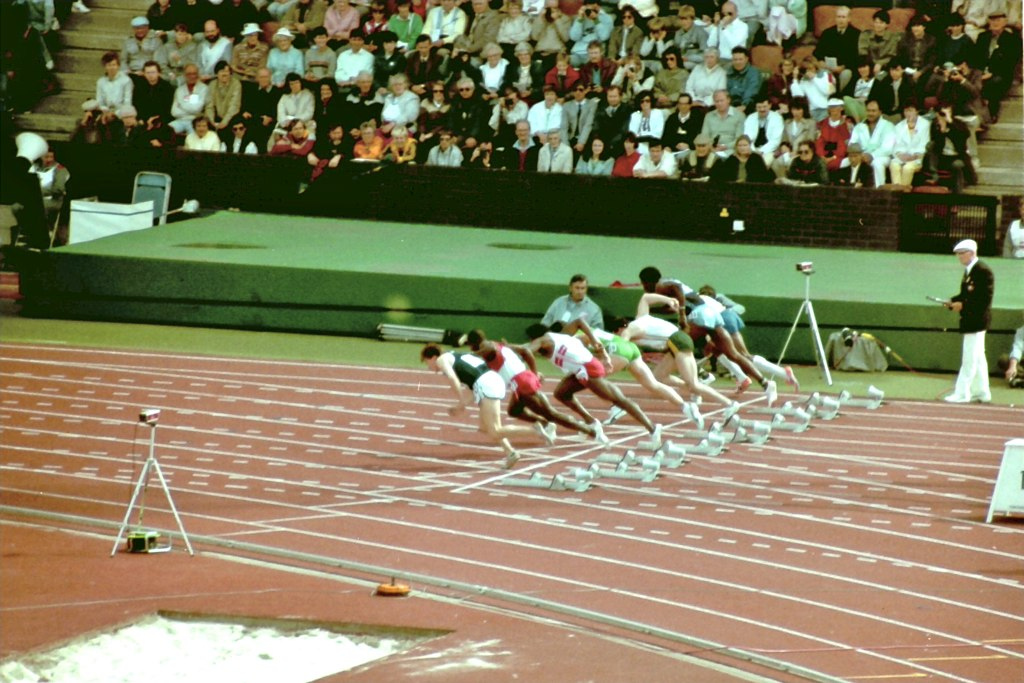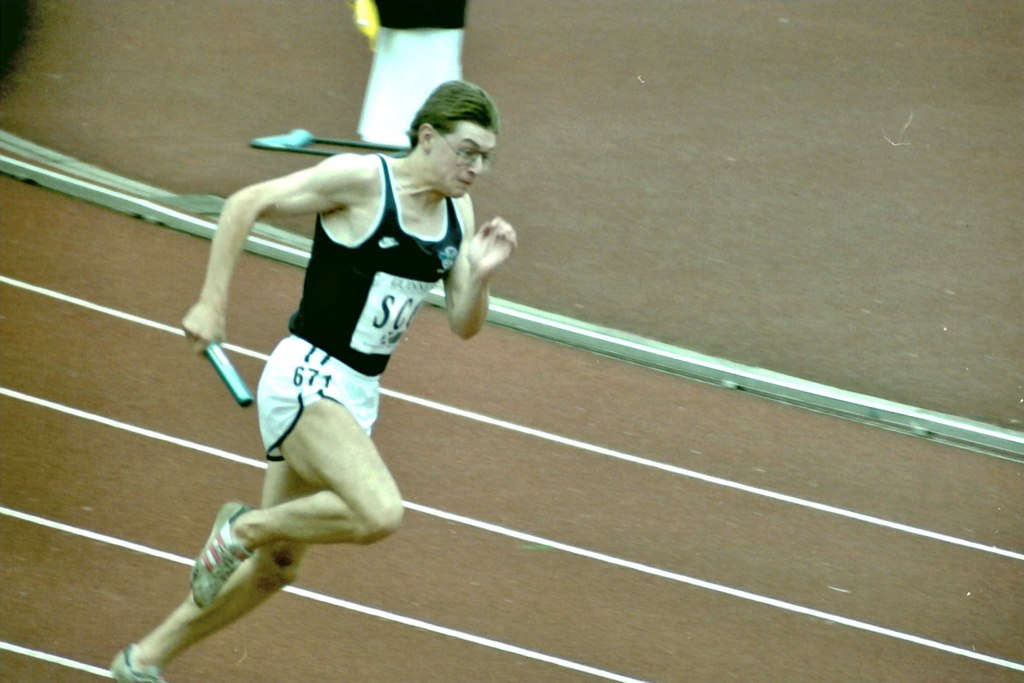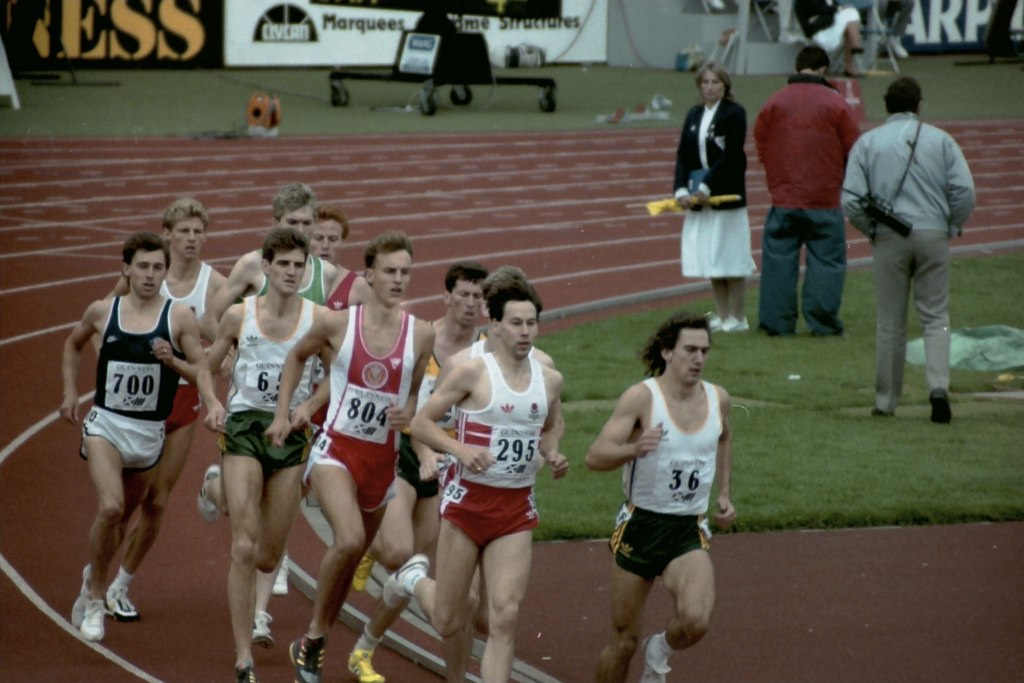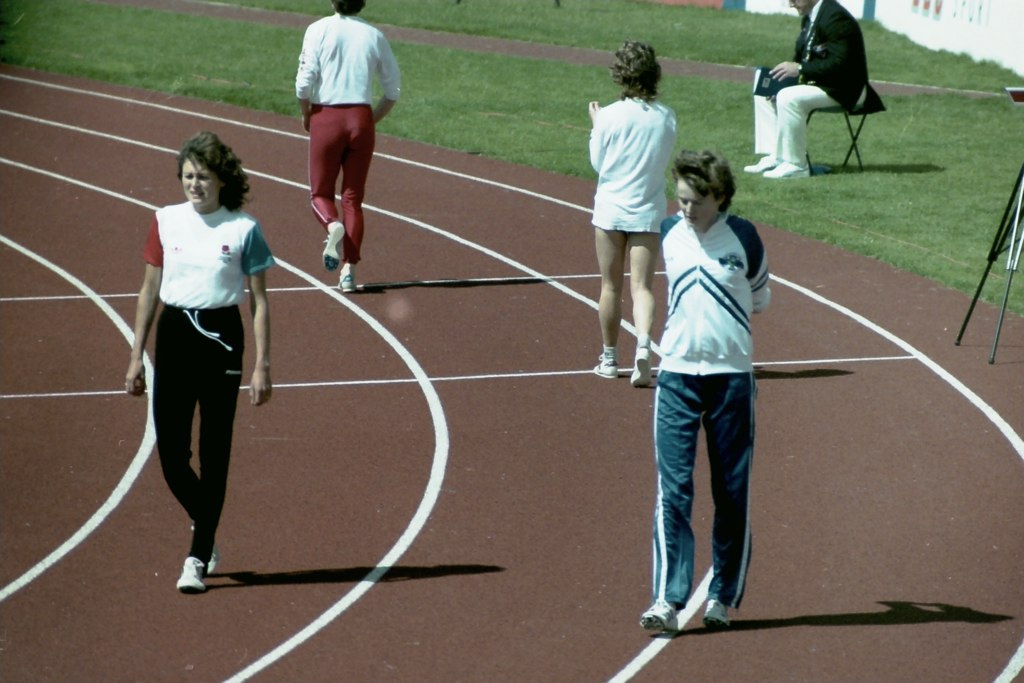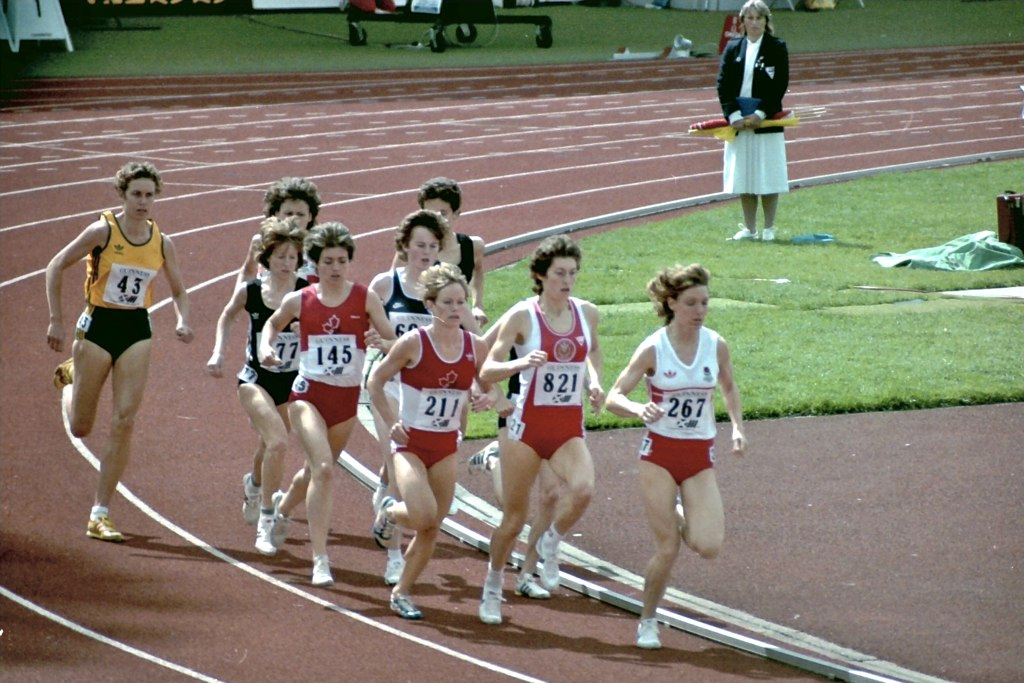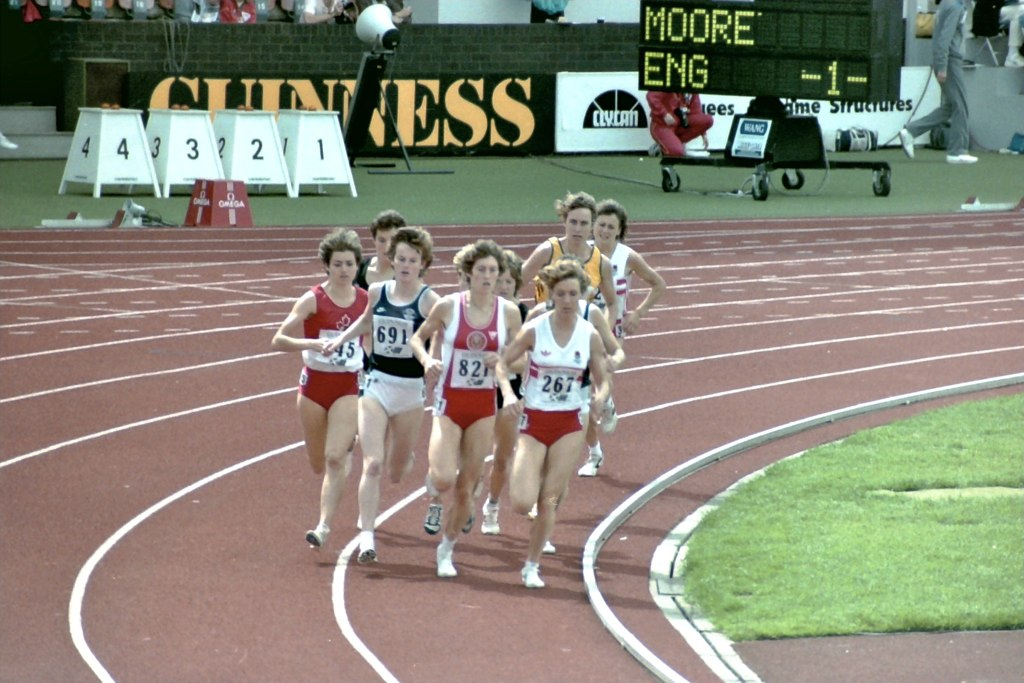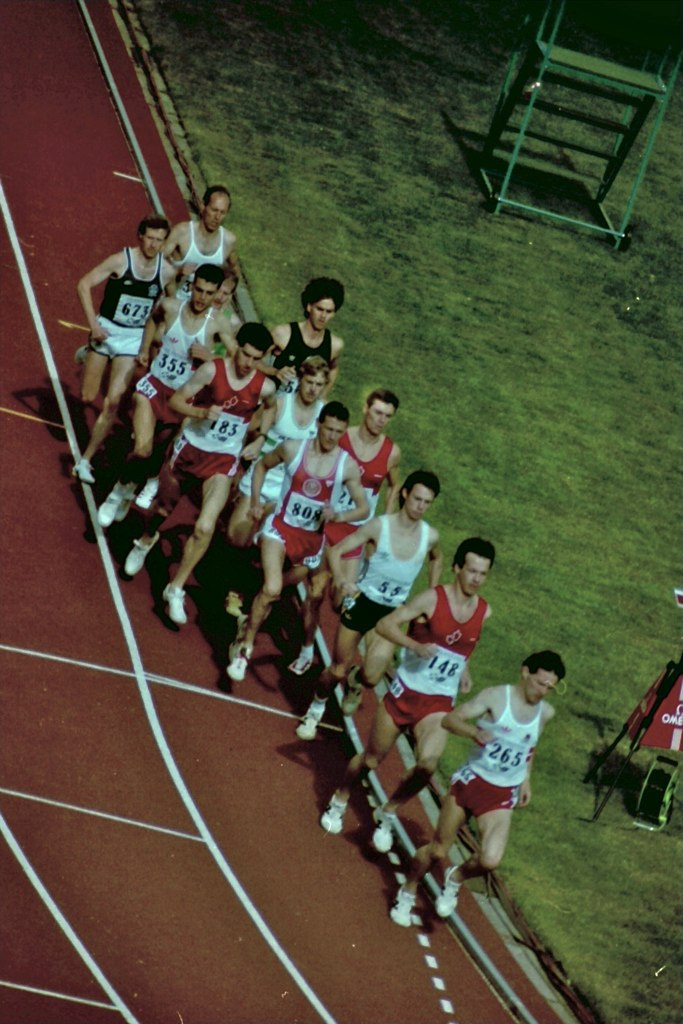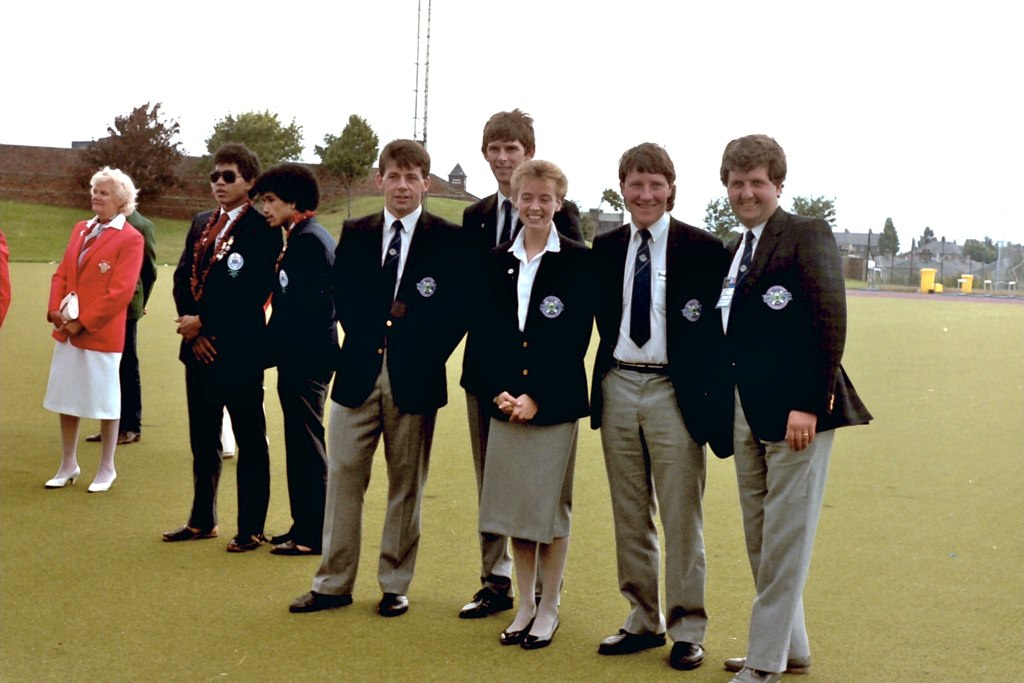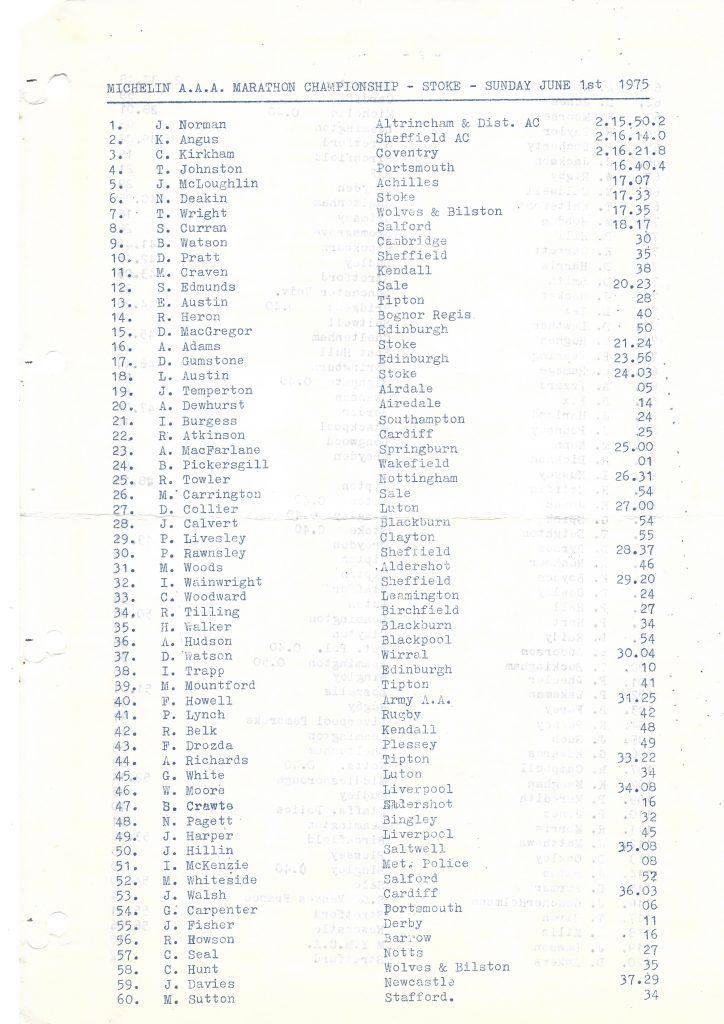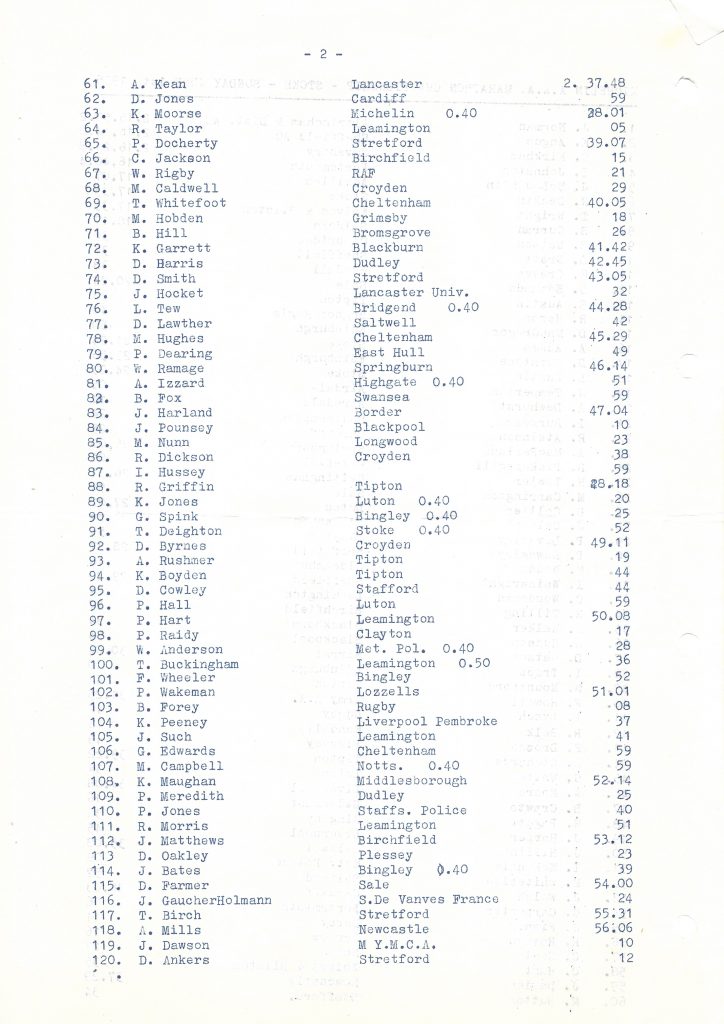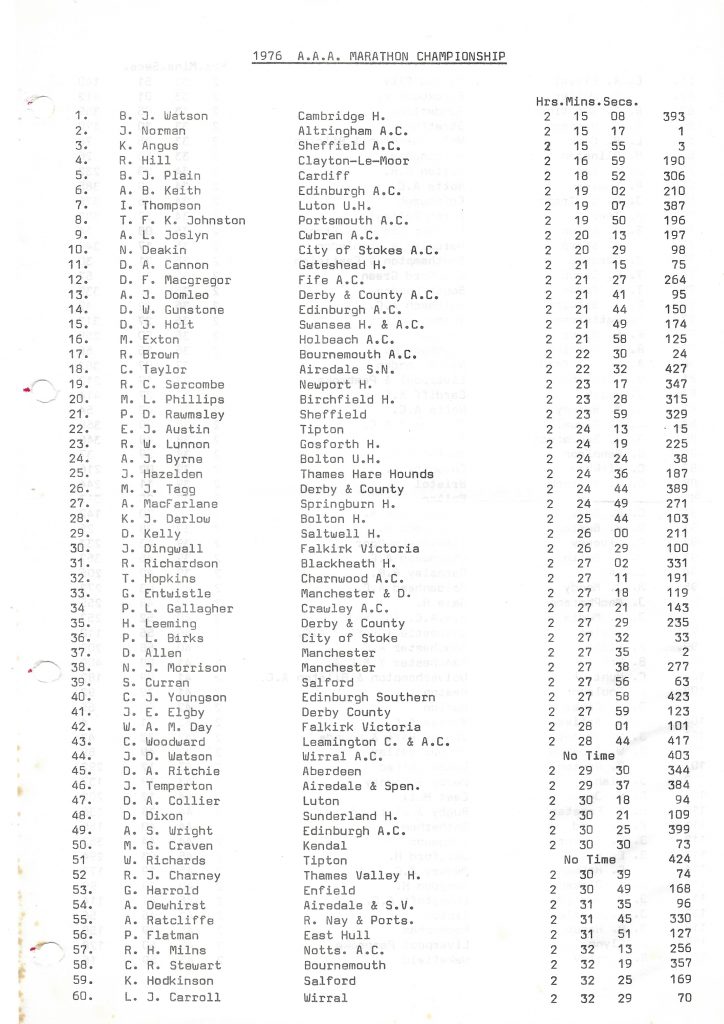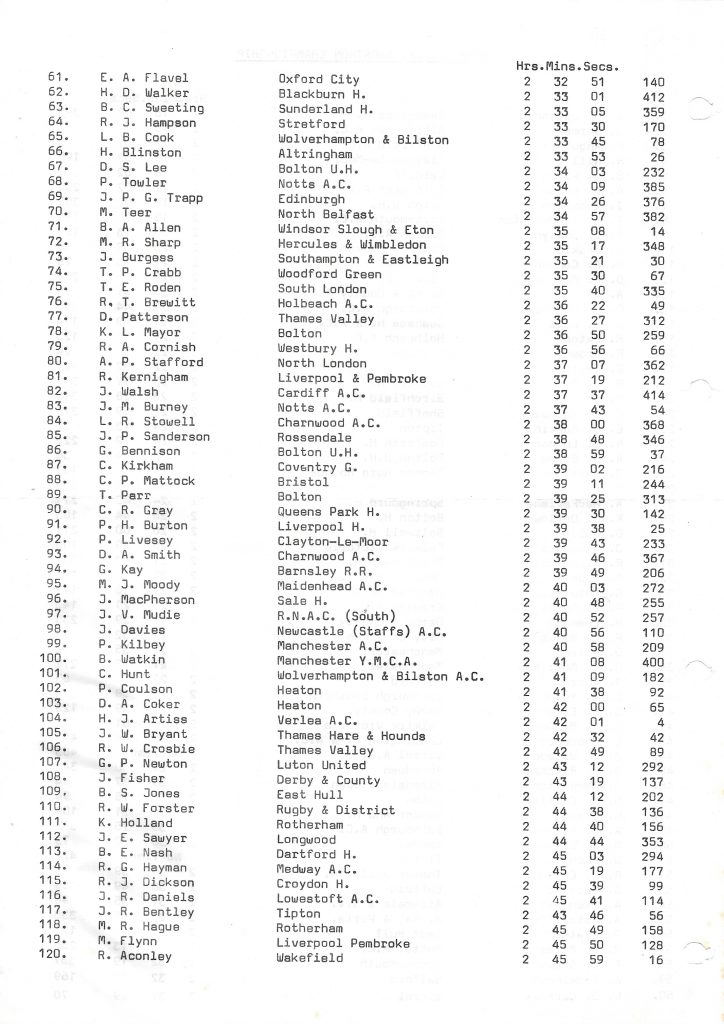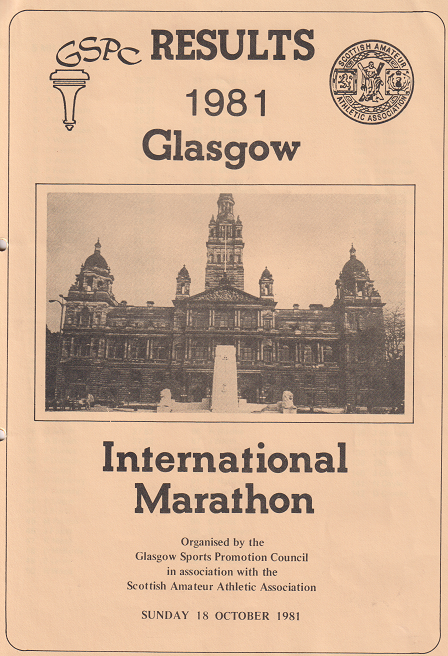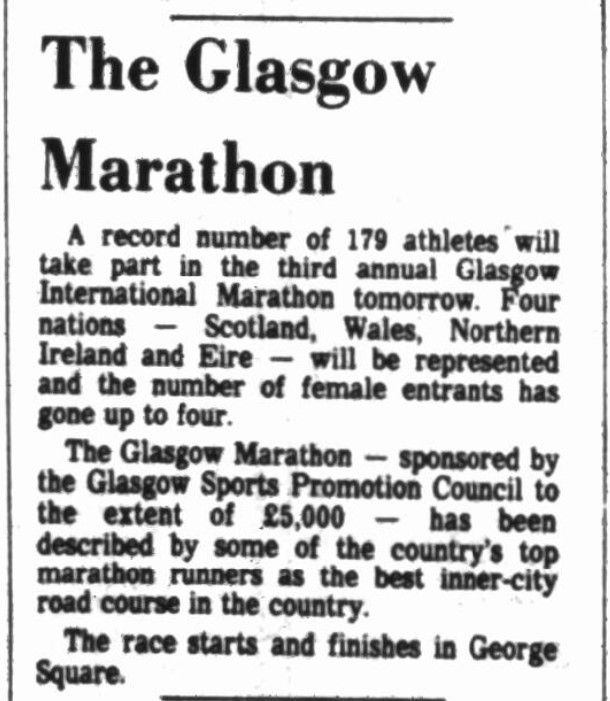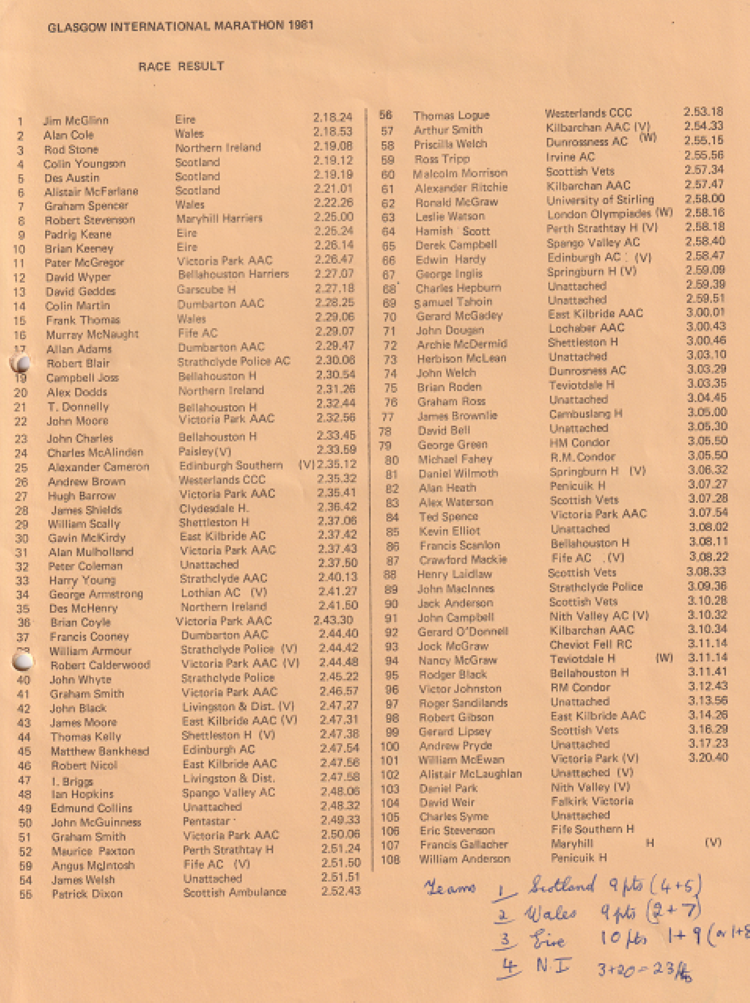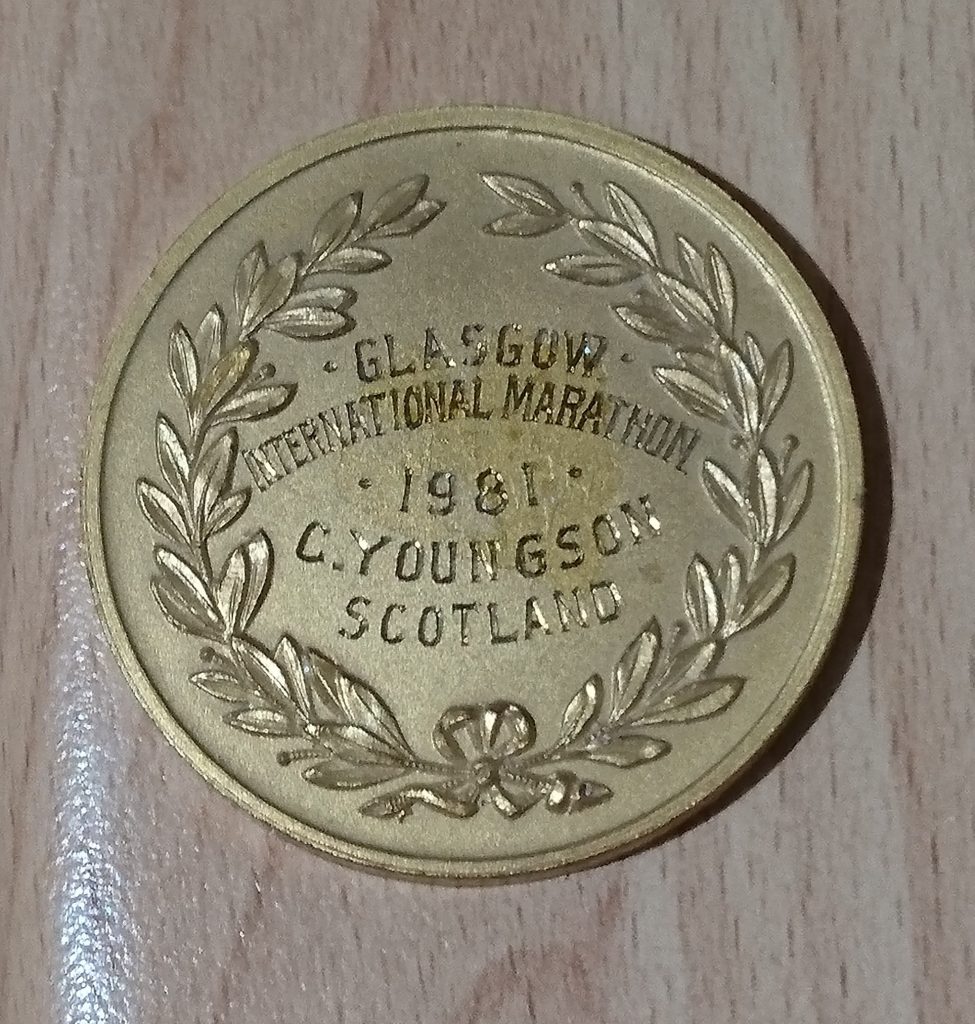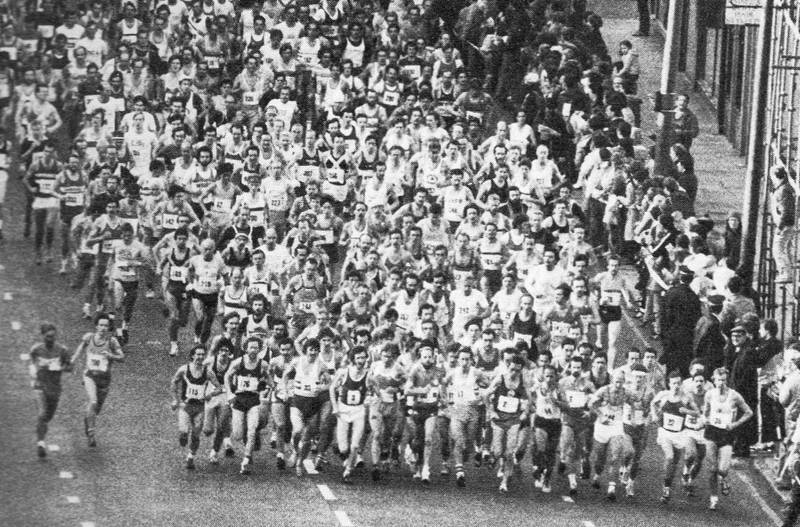Alastair Shaw was never a regular photographer for any of the Scottish athletics magazines, nor for the SAAA or Scottish Athletics governing bodies but he was and is a first rate exponent of the art. There are many of his photographs on this website illustrating events or people involved and he is the only one I know of who has so many pictures of the officials who helped the meetings run so efficiently. An official himself, he was able to catch them at work during meetings and there are good pictures of many kenspeckle figures. We start with the officials and the first one is of the Jimmy Campbell – sprints coach, Grade 1 official and highly respected.
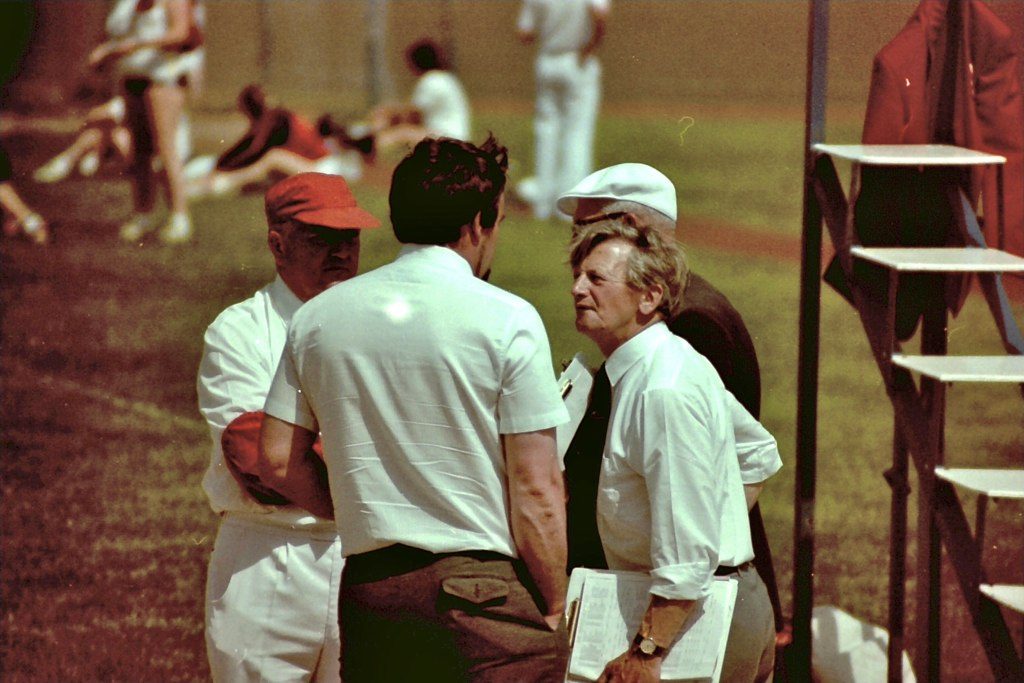
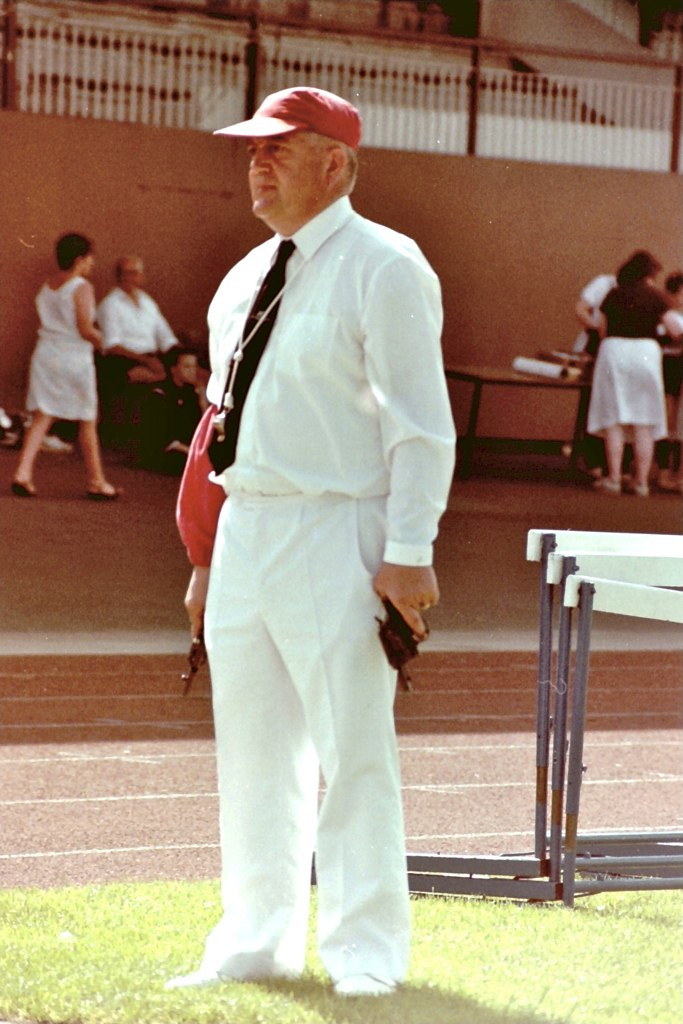
Starter Joe Cameron
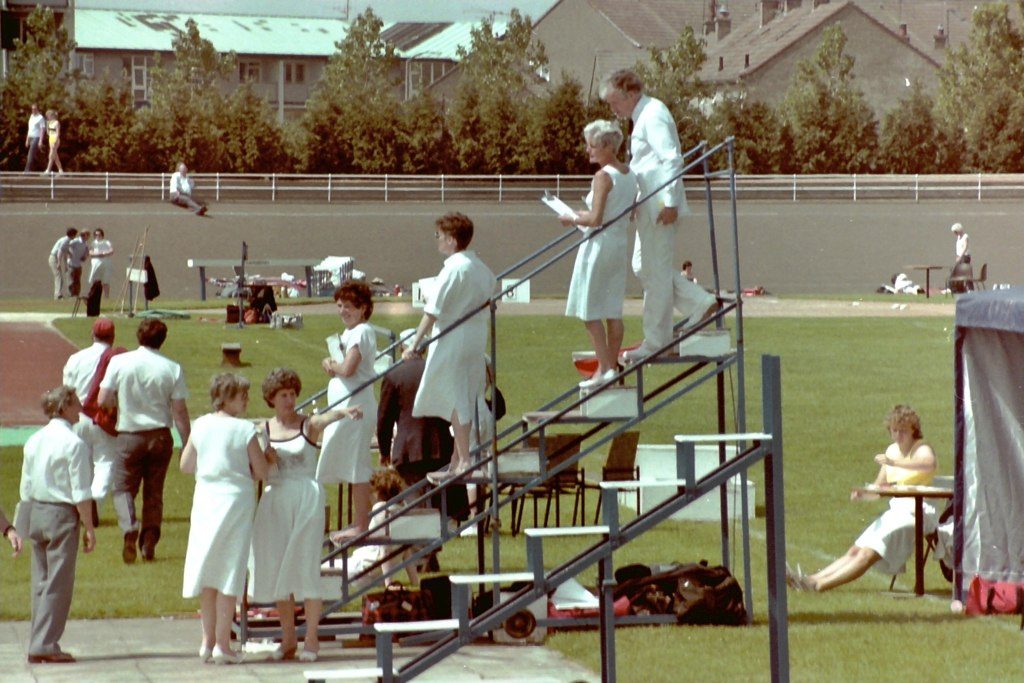
Another good photographof the track judges between races at Grangemouth with the marksman apparently heading off across the grass and a great shot of the track with the cycle track providing informal seating and sunbathing with the outer banking and its trees at the top of the picture. [From the top: David Lyle, Dora Stephen, – , Eleanor Gunstone, Netta Sinclair. Also Jimmy Campbell]
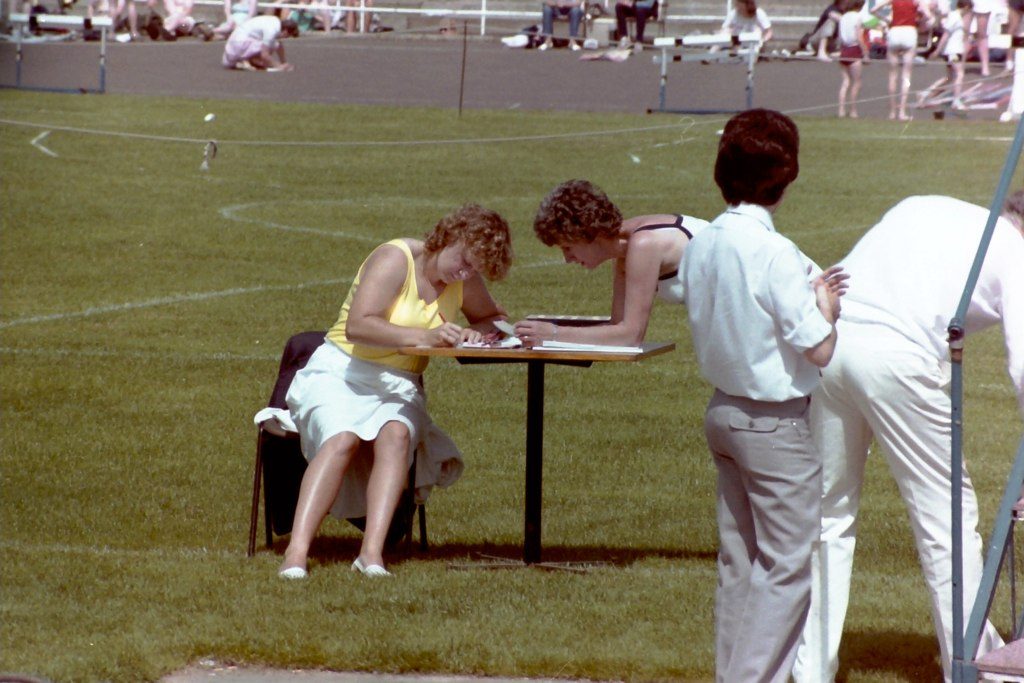
Netta Sinclair dictating confirmed result to Carole Shaw
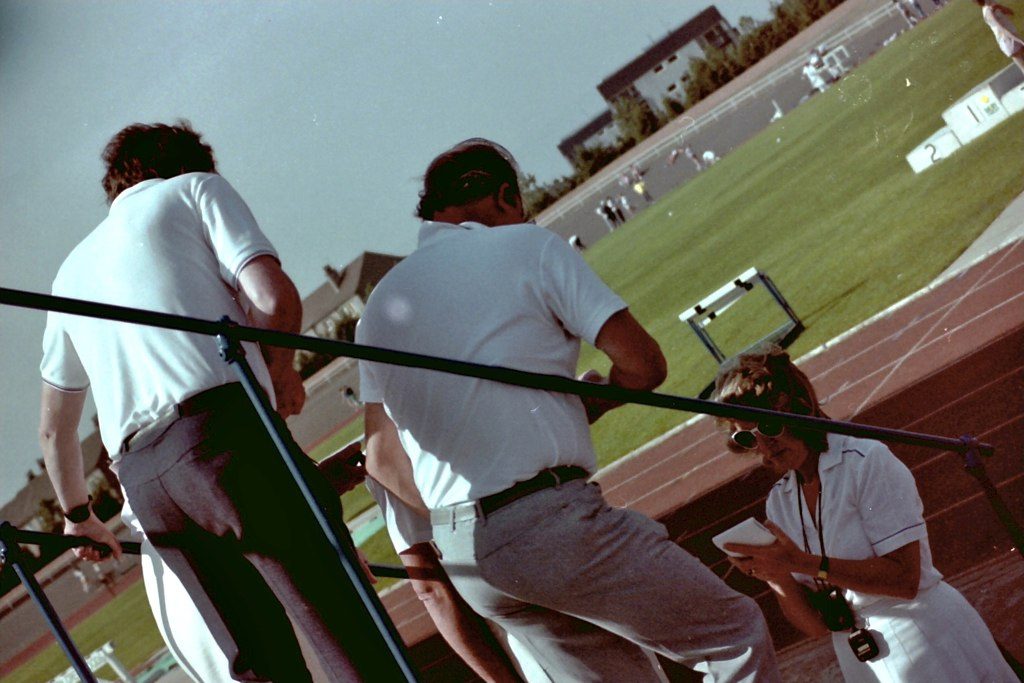
Hilda Everett noting the times from Tom Bolan (Colzium) (top) and John Robertson (ESH)
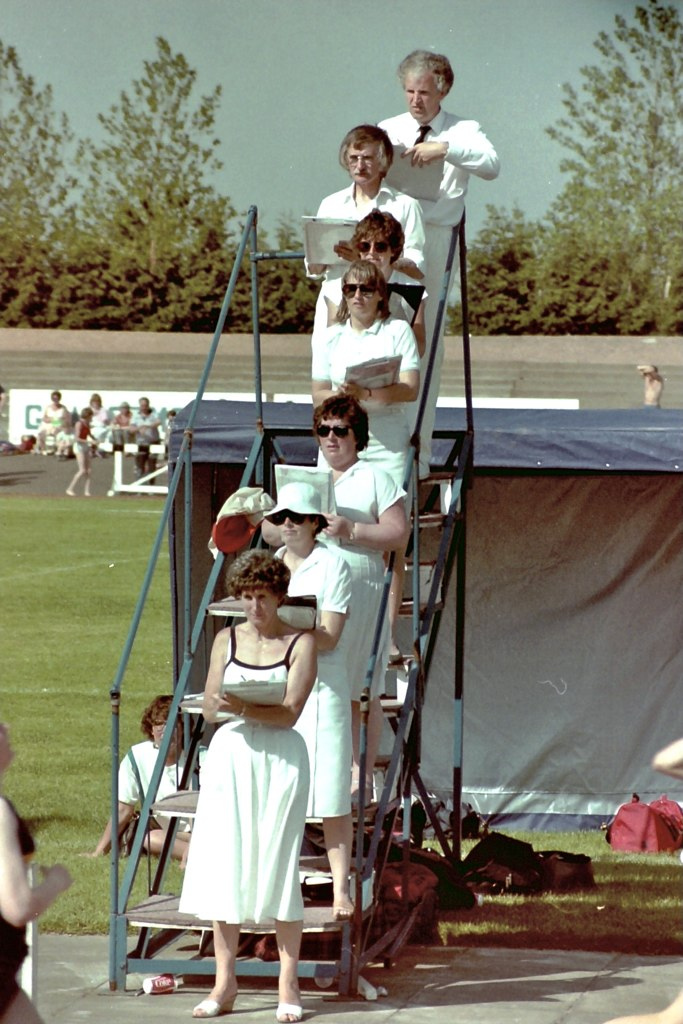
The above were all taken at Grangemouth and as well as showing the officials at work, the track enclosed within the cycling track.
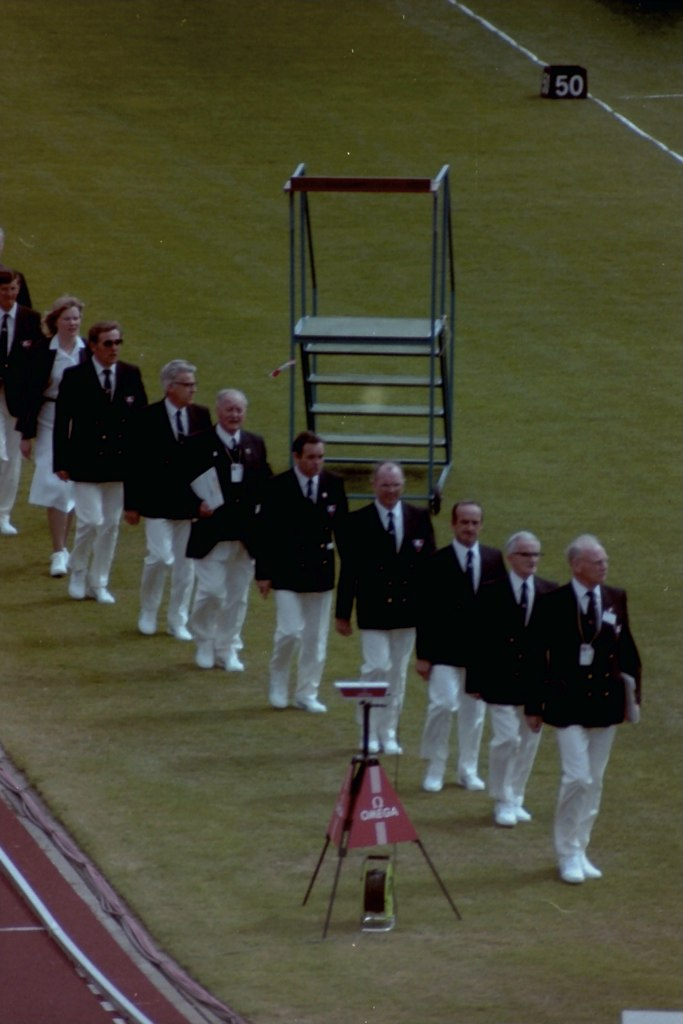
Officials at Meadowbank in 1986 led by Willie Laing and Davie Morrison with Bill Gentleman at the back in front of Willie Laing’s daughter
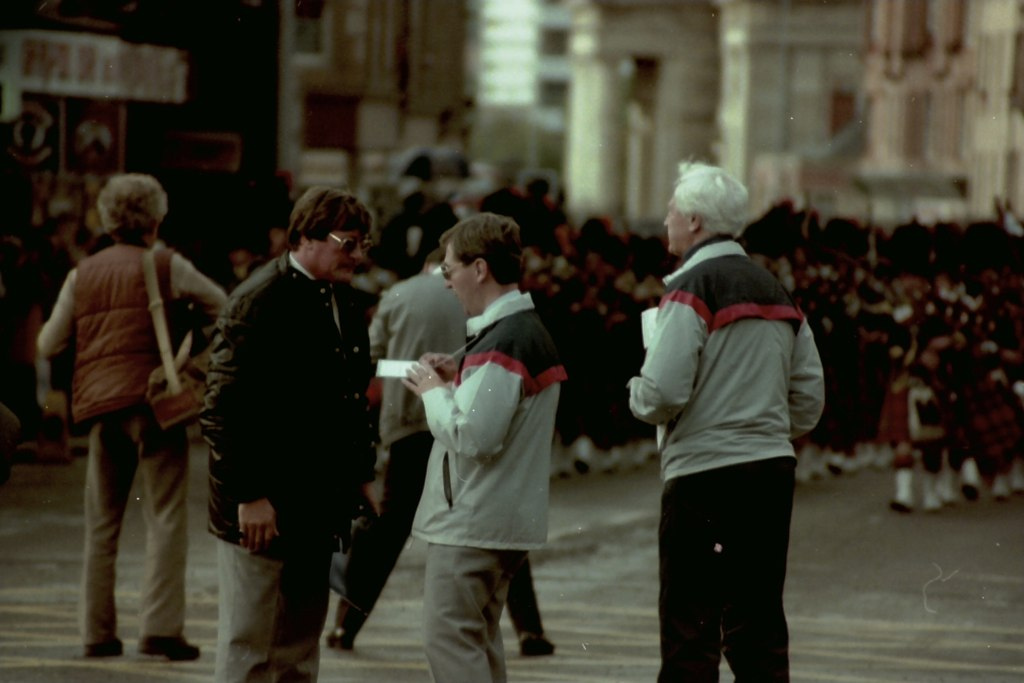
Bob Dalgleish, centre, before the Glasgow Marathon
Even when the subject was ostensibly the official, some did creep in –
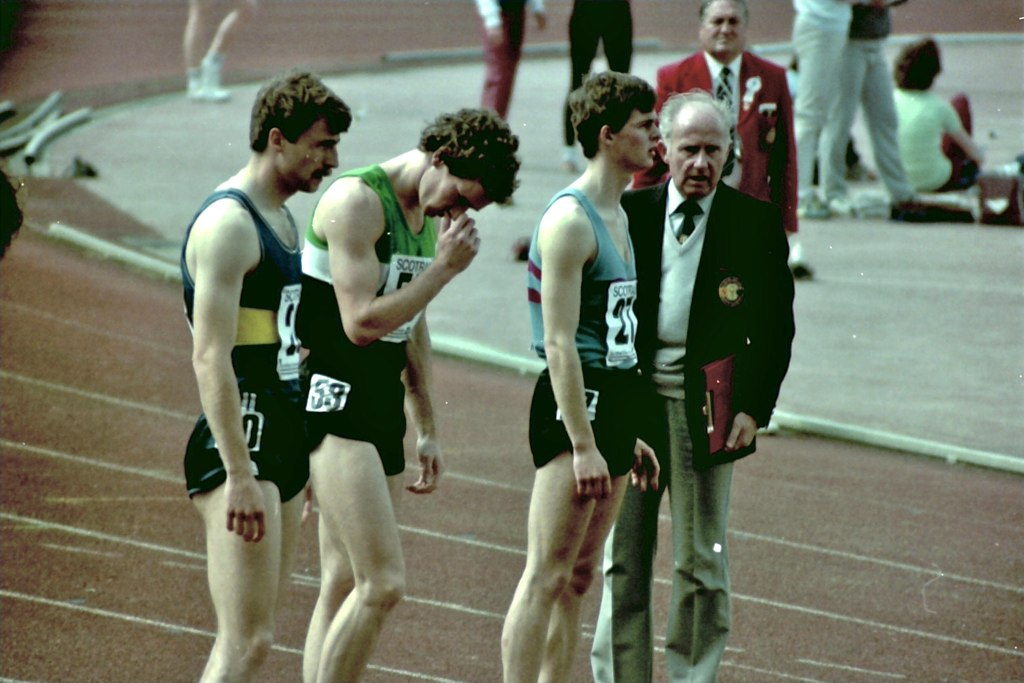
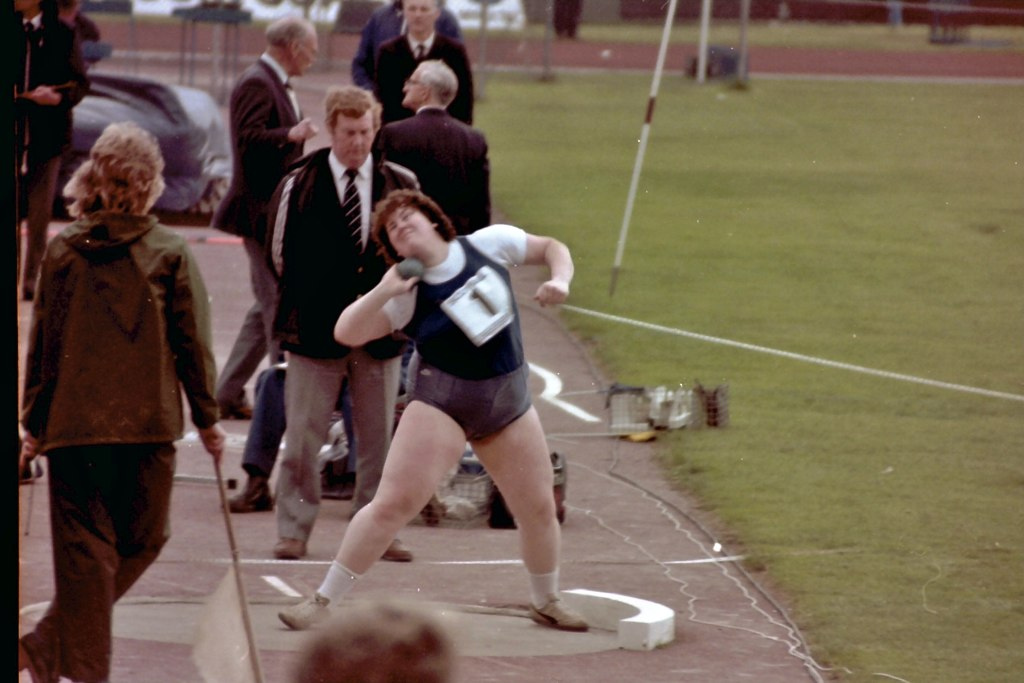
Back at Meadowbank, Eddie Coyle scrutinises the shot putter but in the background are Davie Morrison and Willie Laing.
None of the officials in any of the photographs knew they were being caught on camera. That is the thing that makes them special: the men and women who make the meetings run being seen at their work, doing the various jobs diligently without any fuss. Most of Alastair’s pictures of officials in action were taken at Grangemouth. It is an interesting track – the last track in Scotland to host a full-scale international meeting with every track event for men and women, every field event and all the relays. No other track had that capability. It also had a straight marked so that the short sprints and sprint hurdles coule be held in either direction to give the athletes the benefit of any wind if that was felt appropriate. The first photograph below is of the 110 men’s hurdles going the ‘wrong’ way in the straight. Note also the black outside track, originally intended for cycle races.
